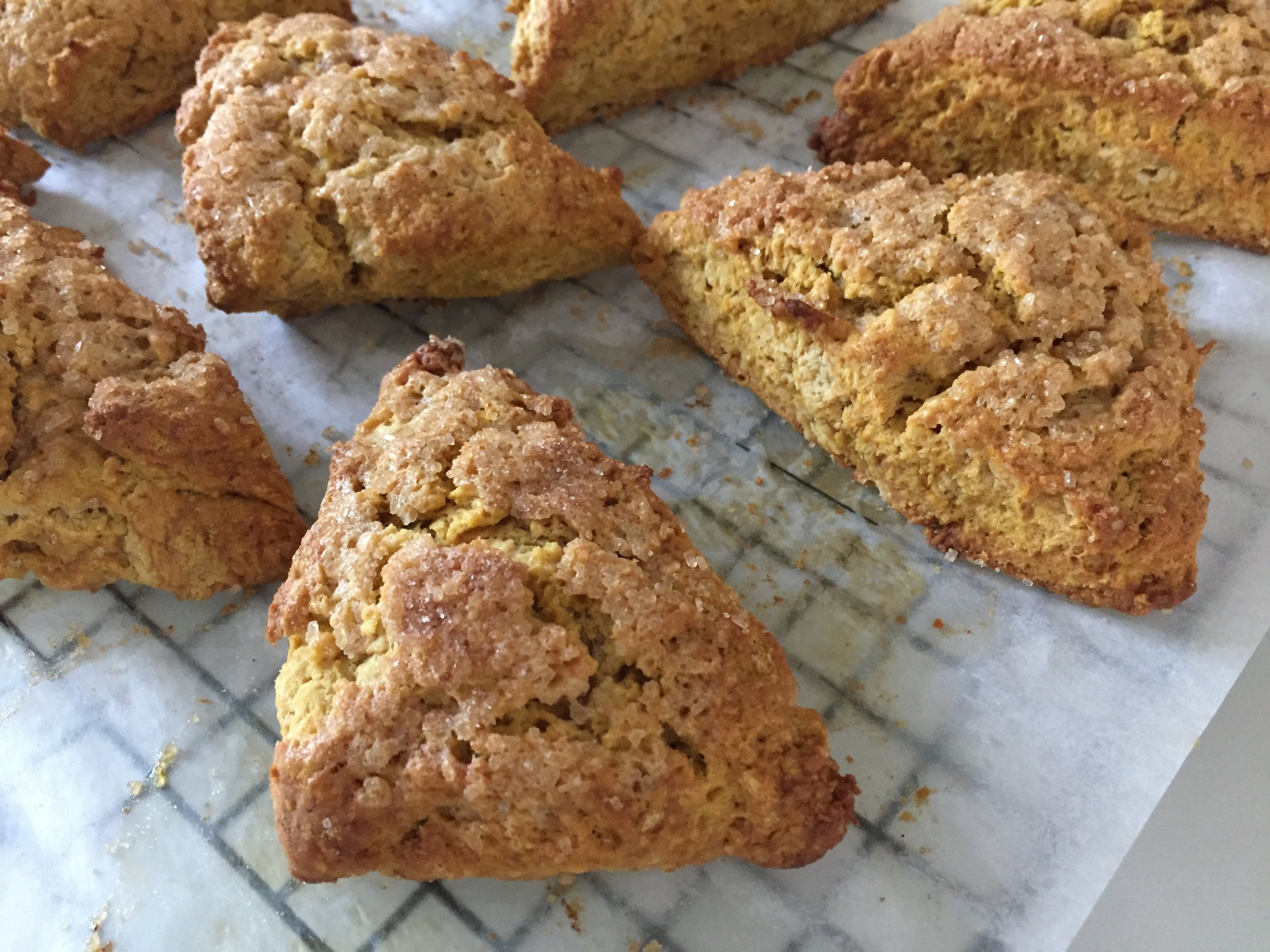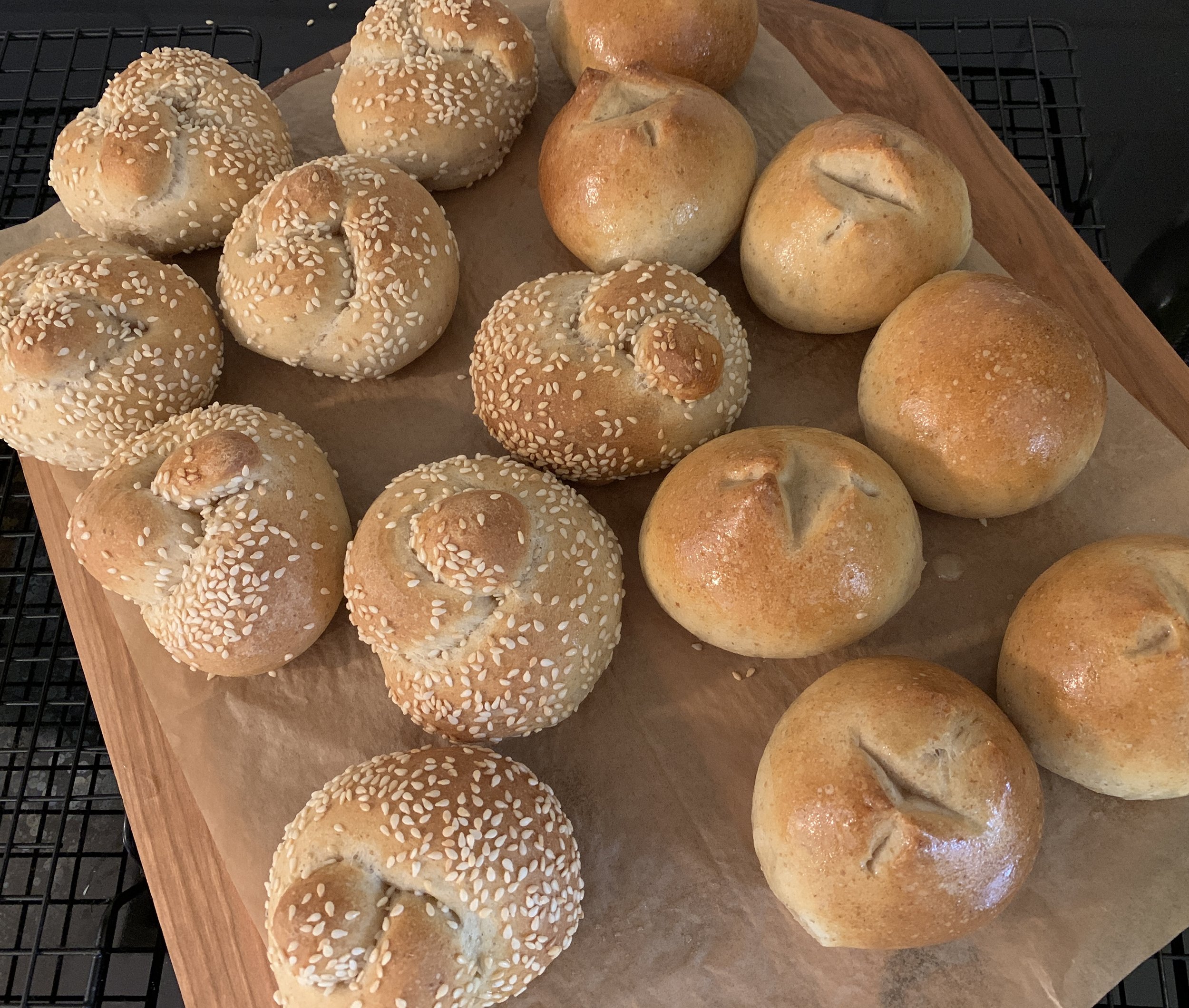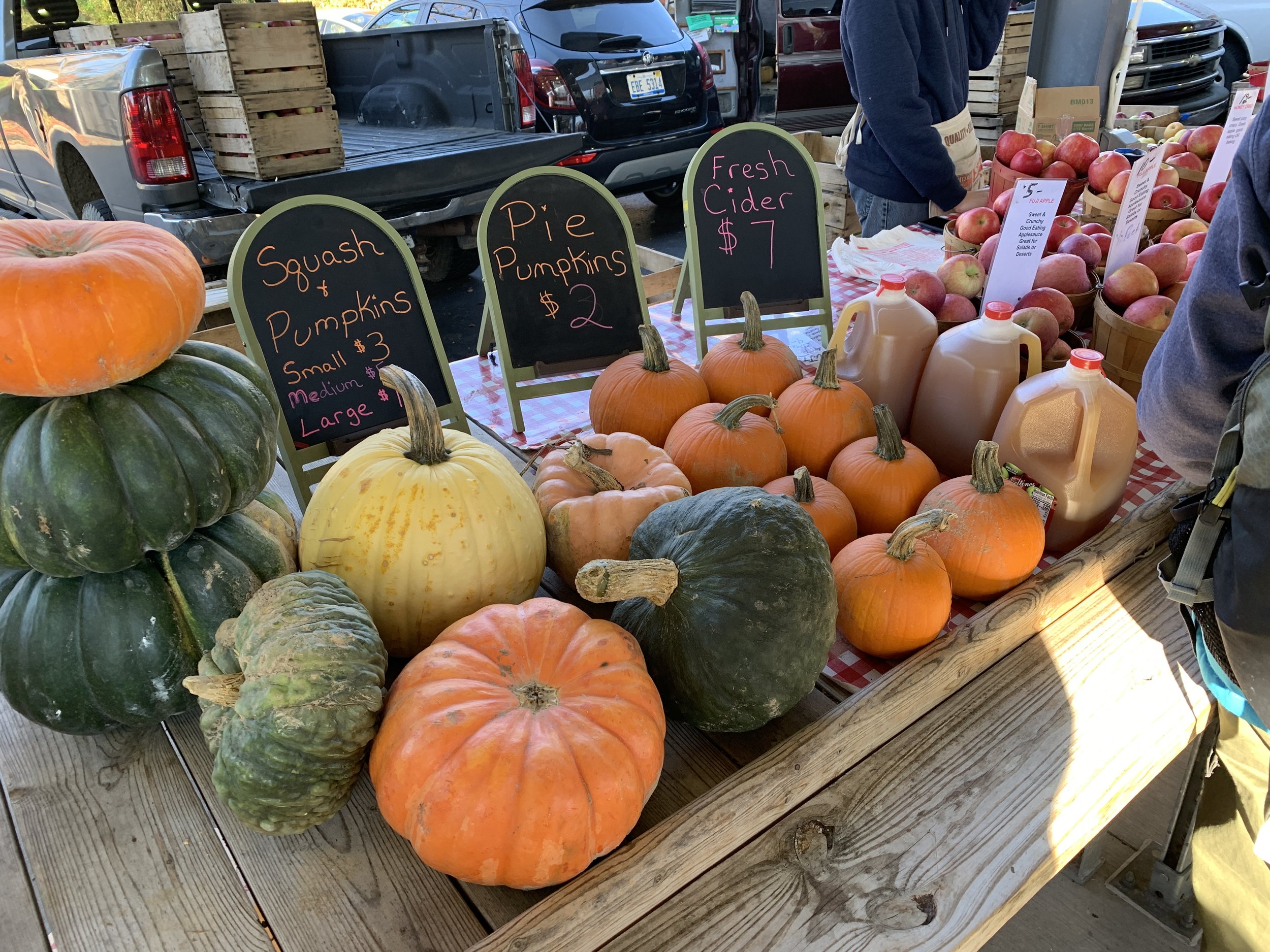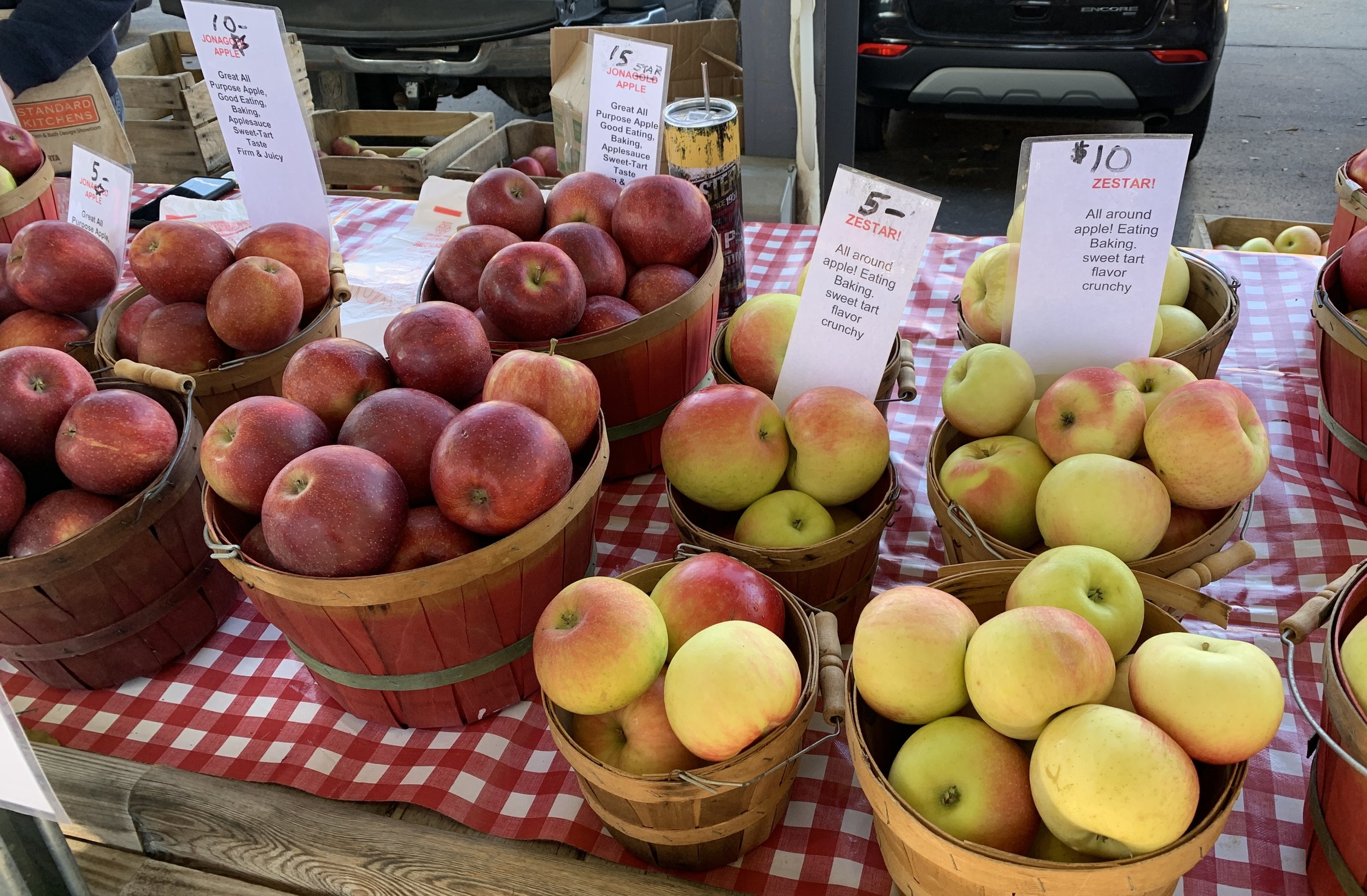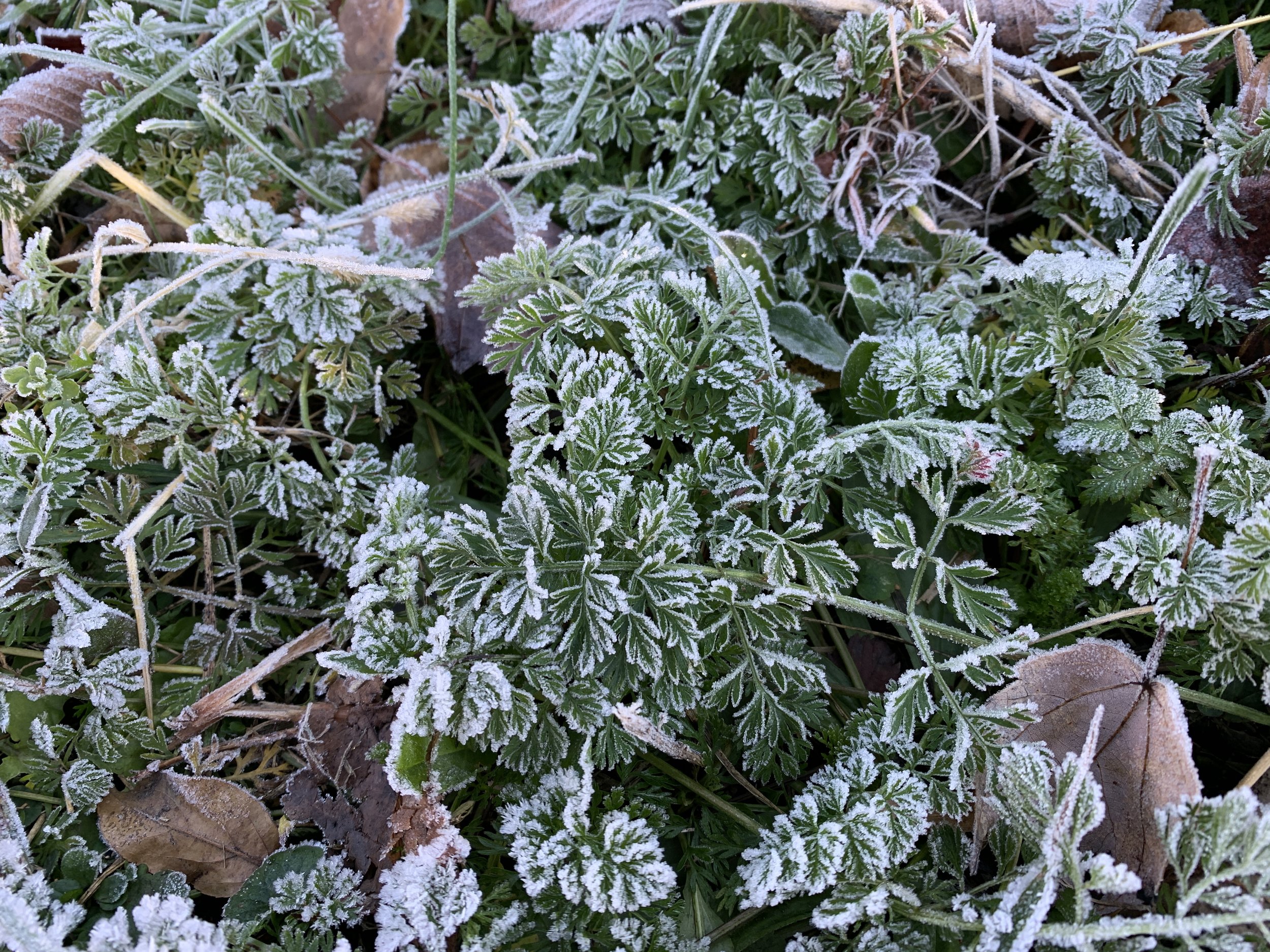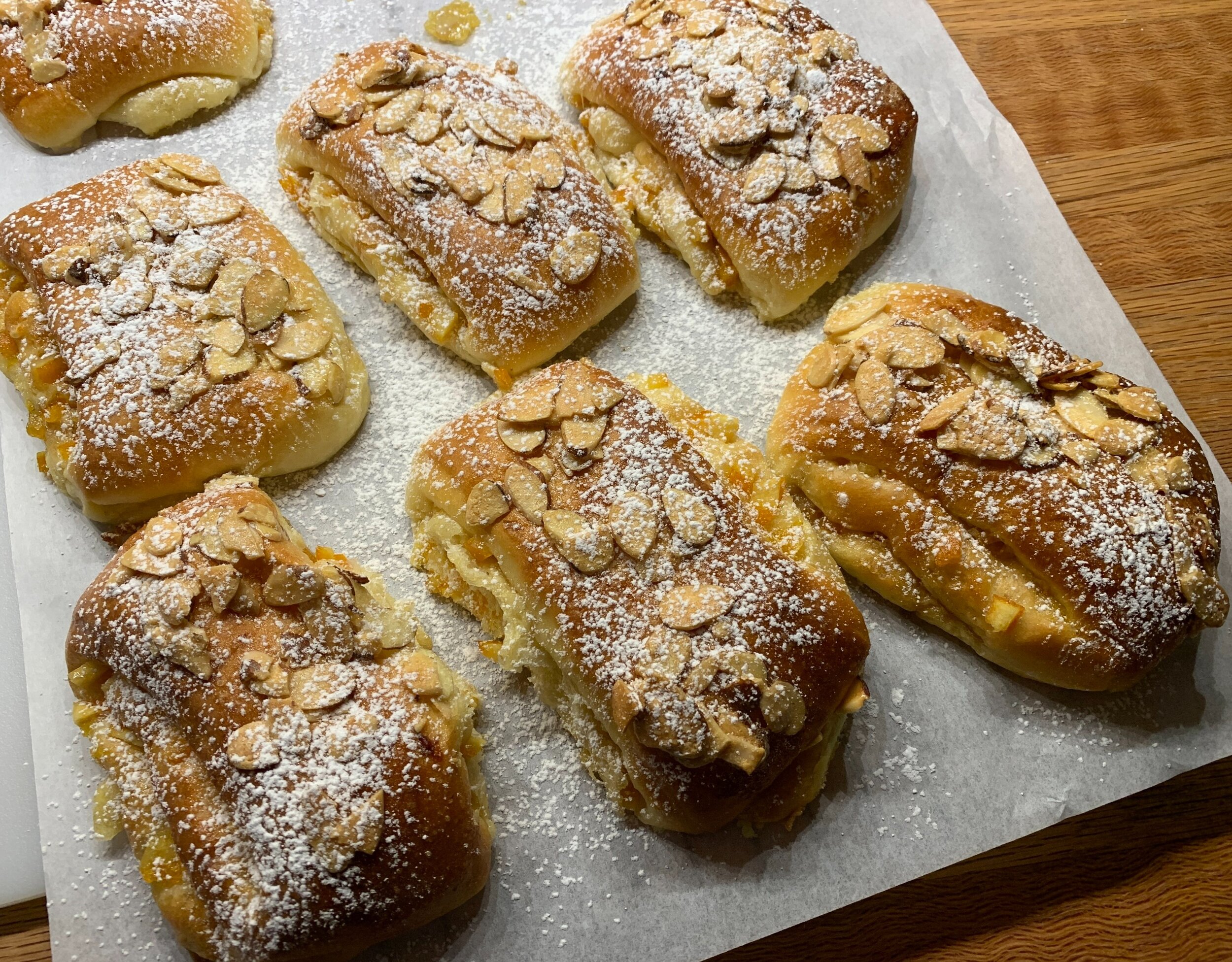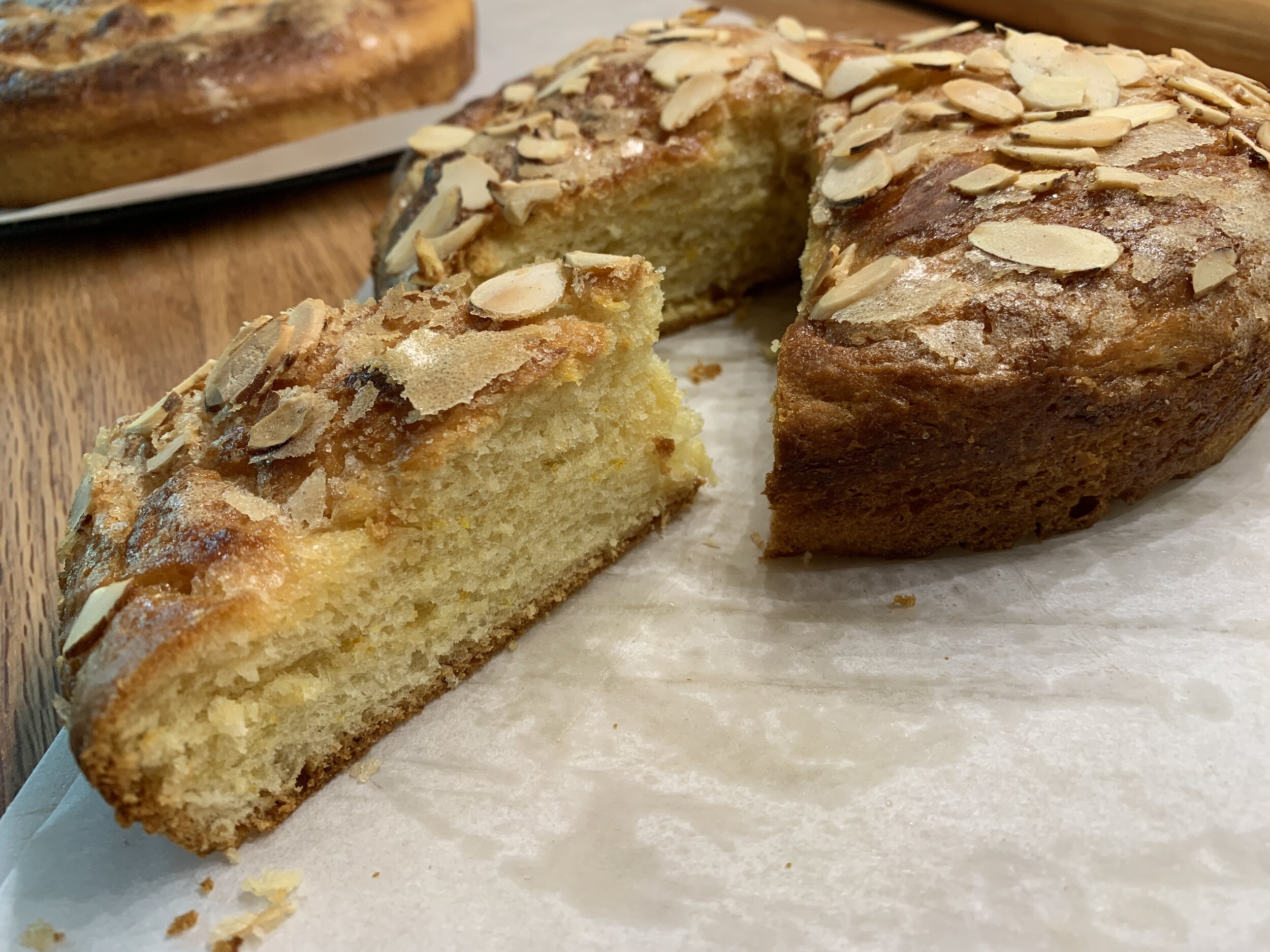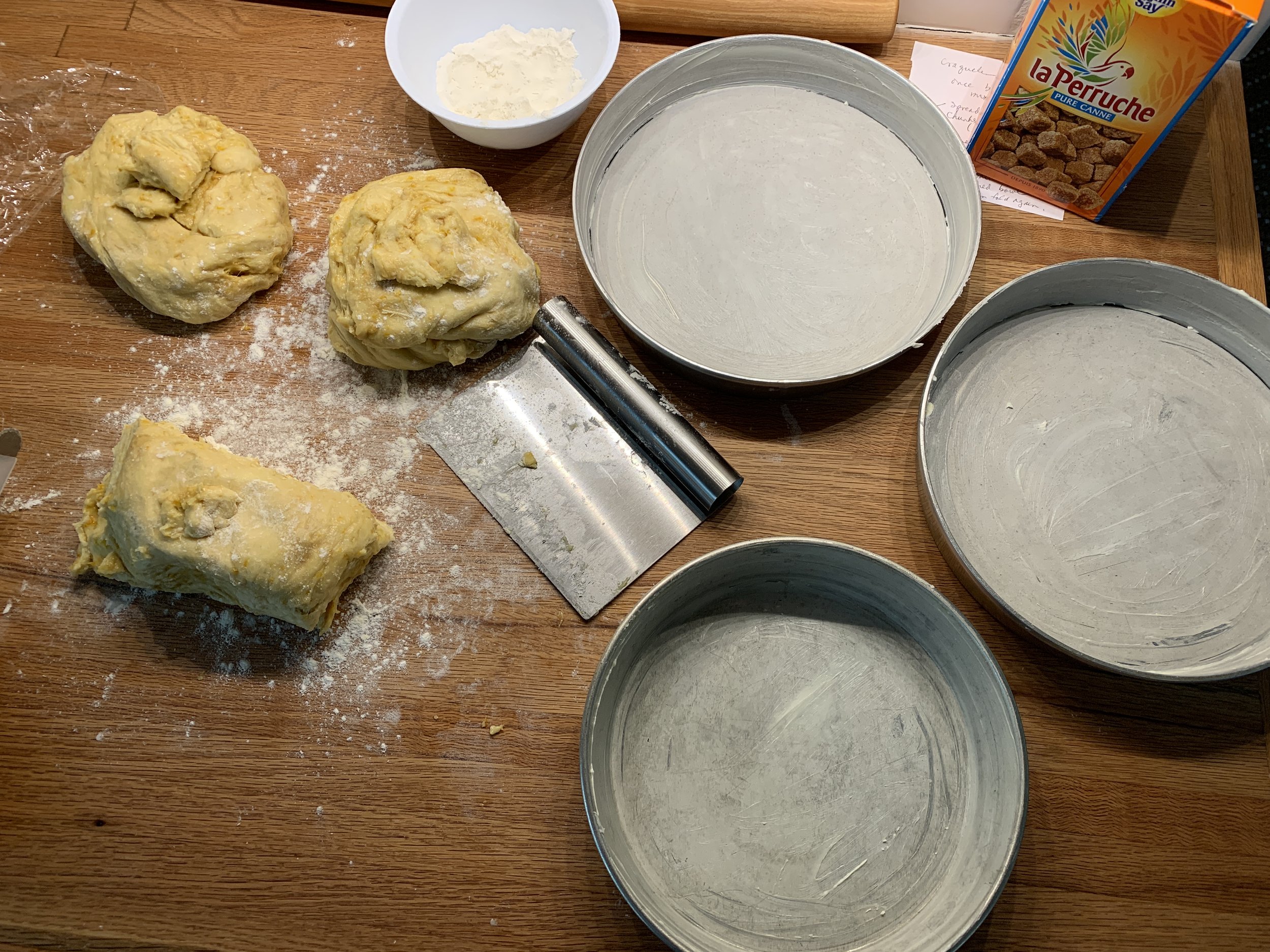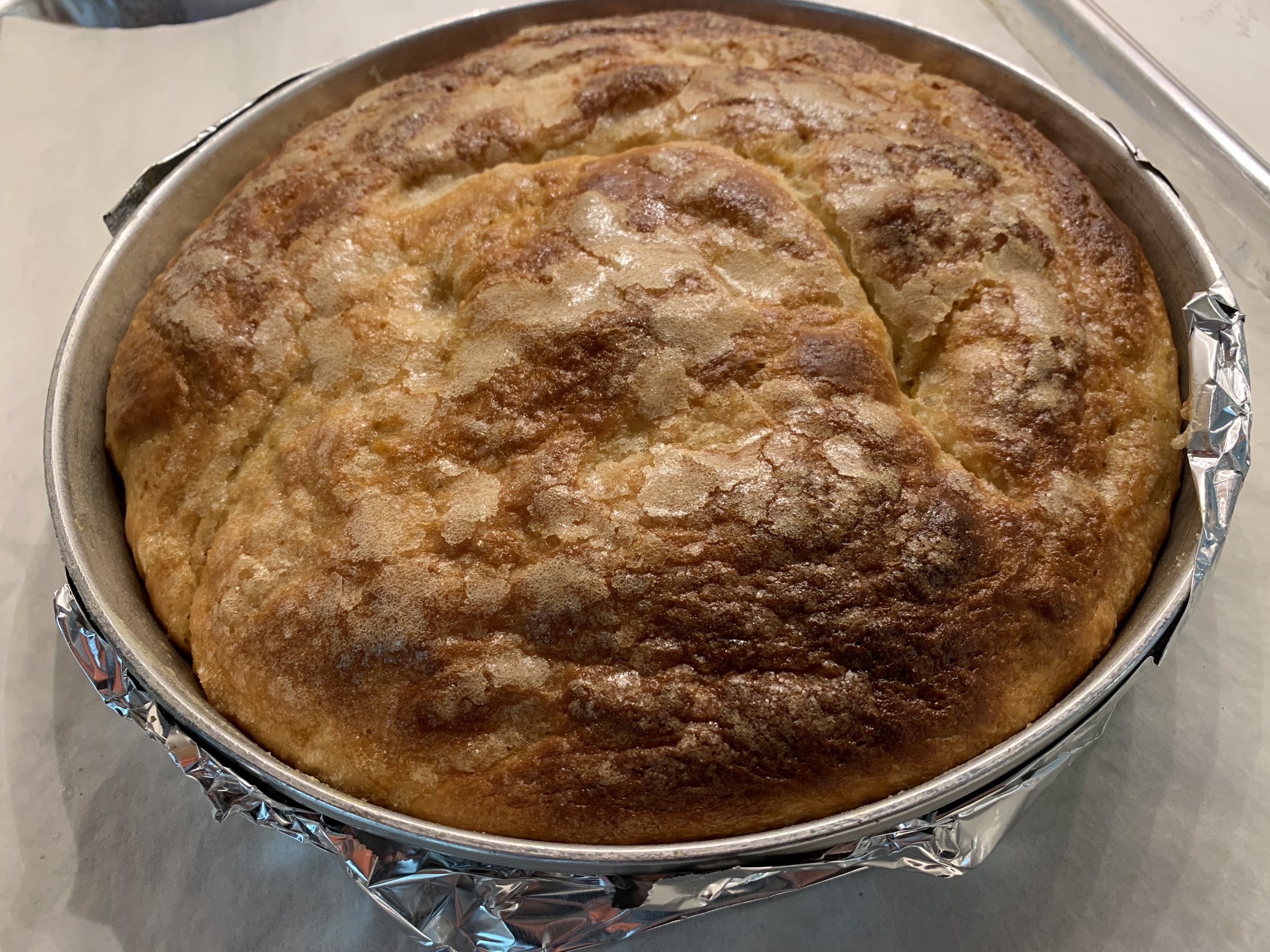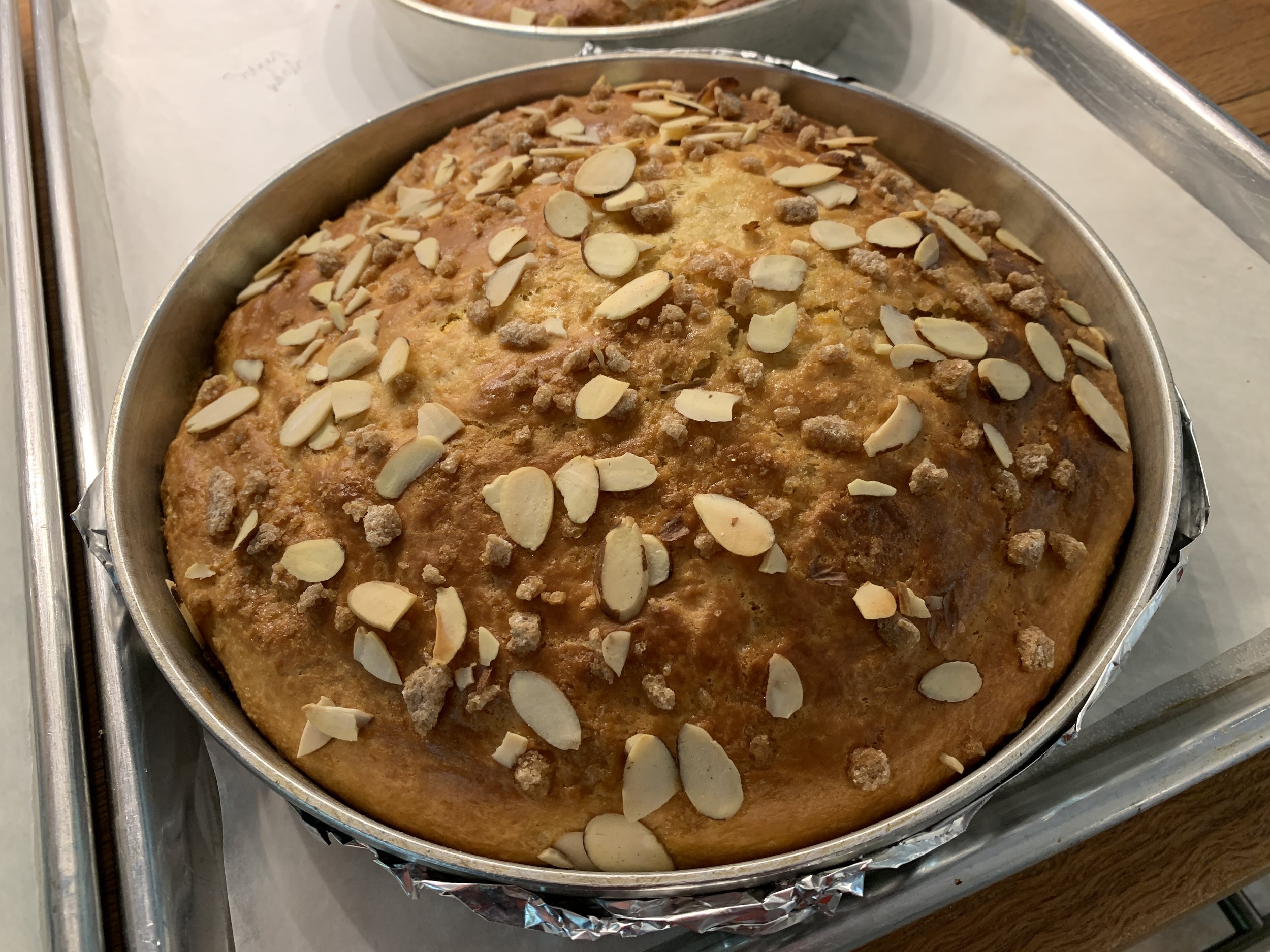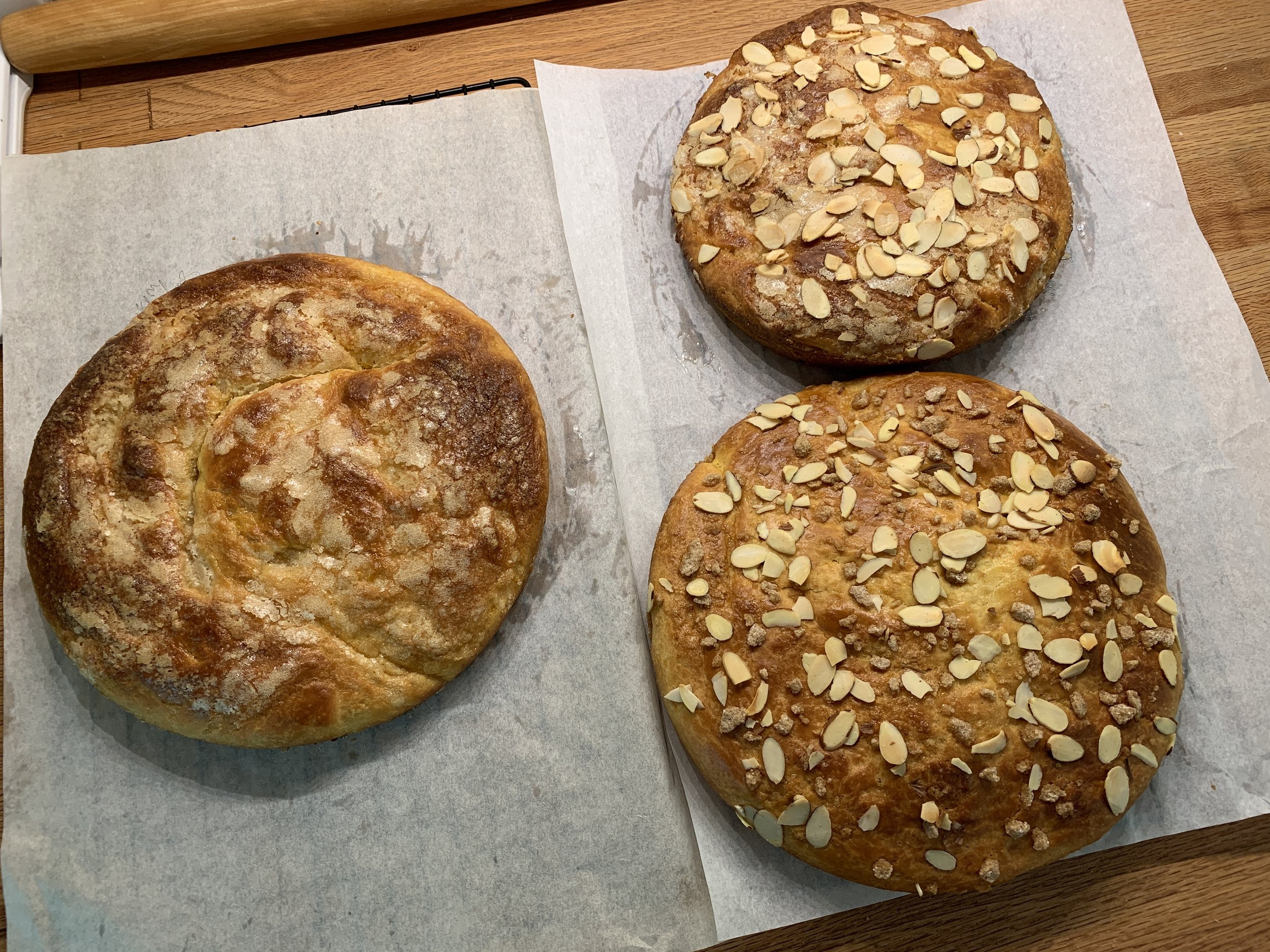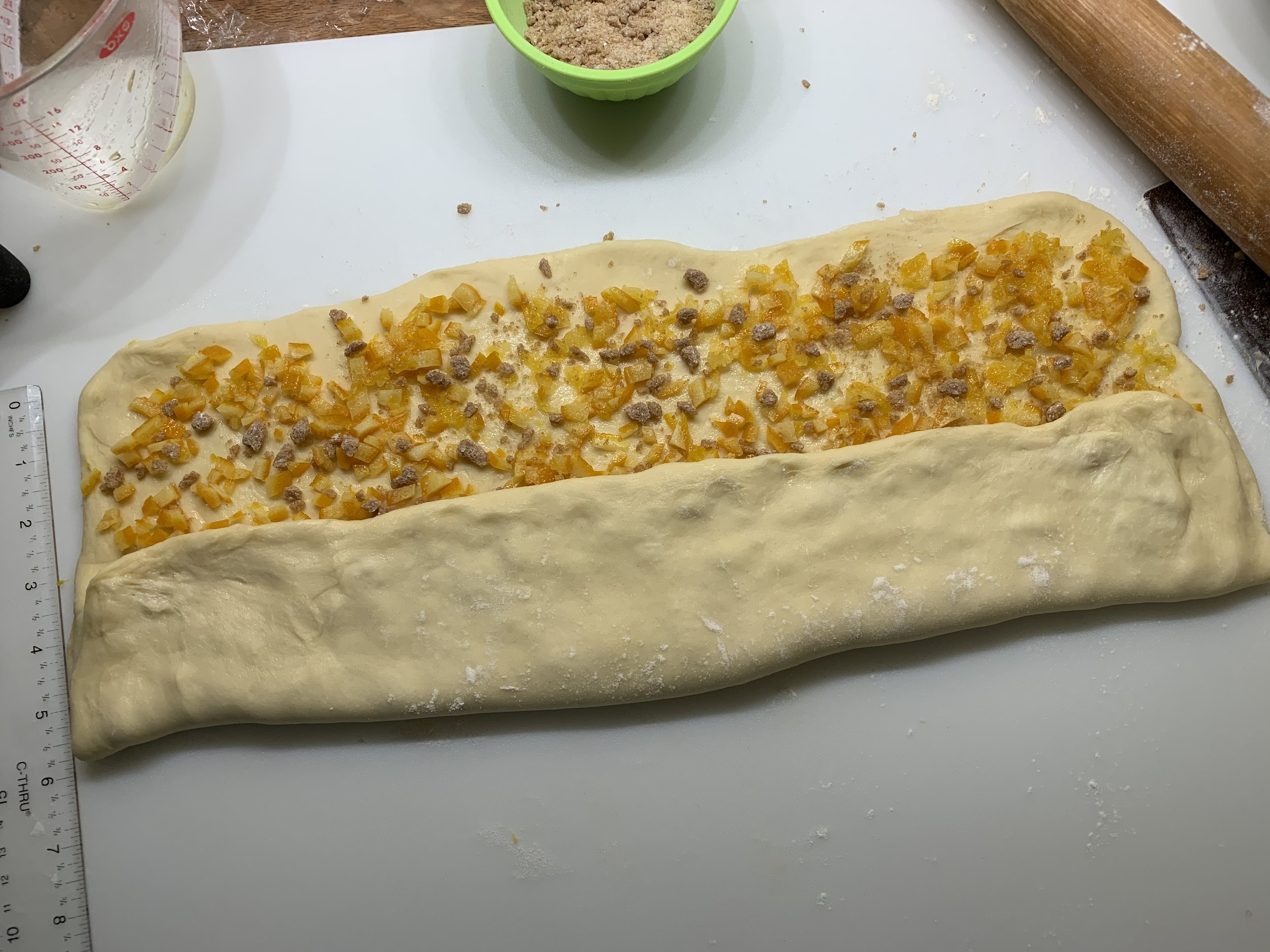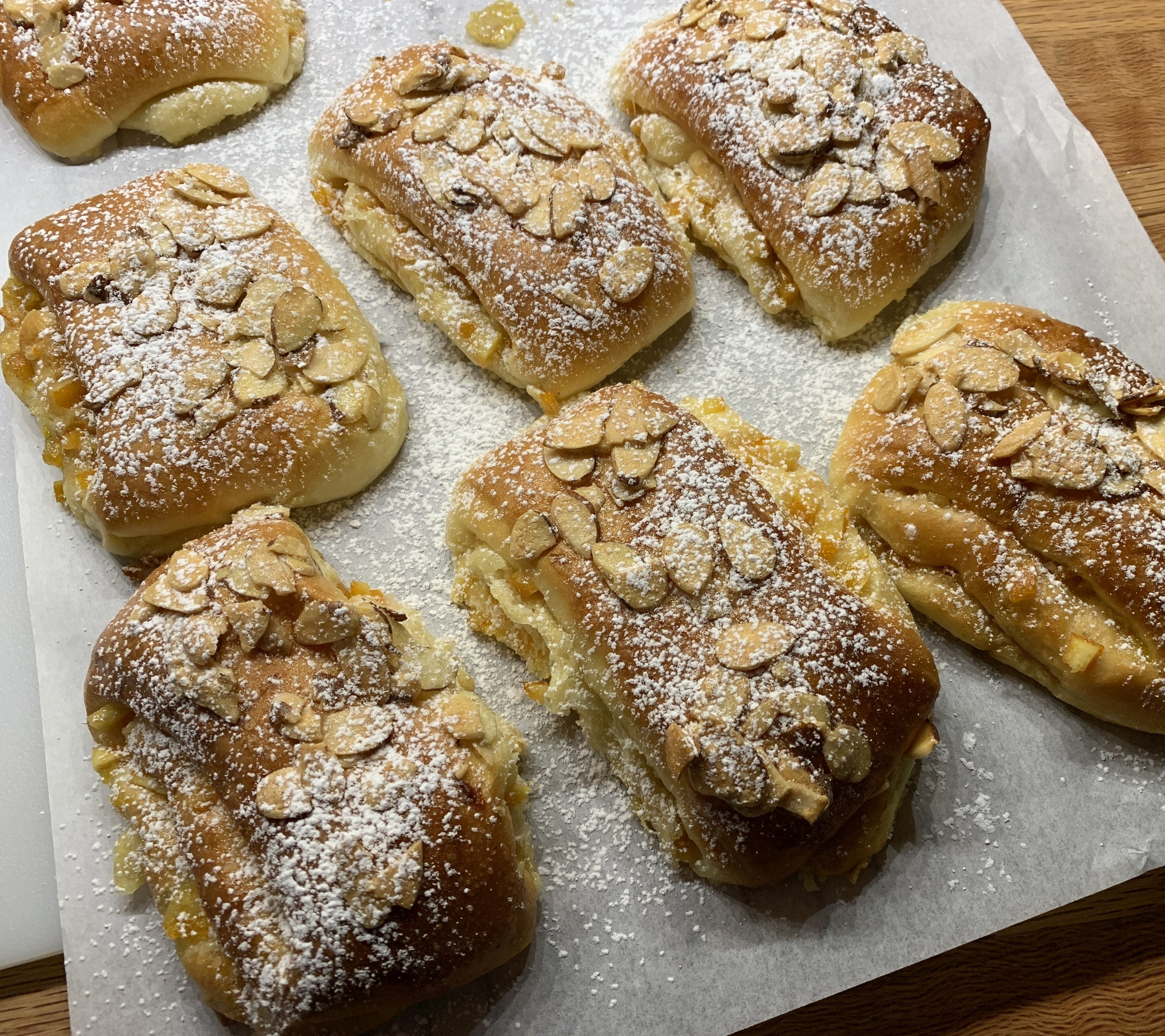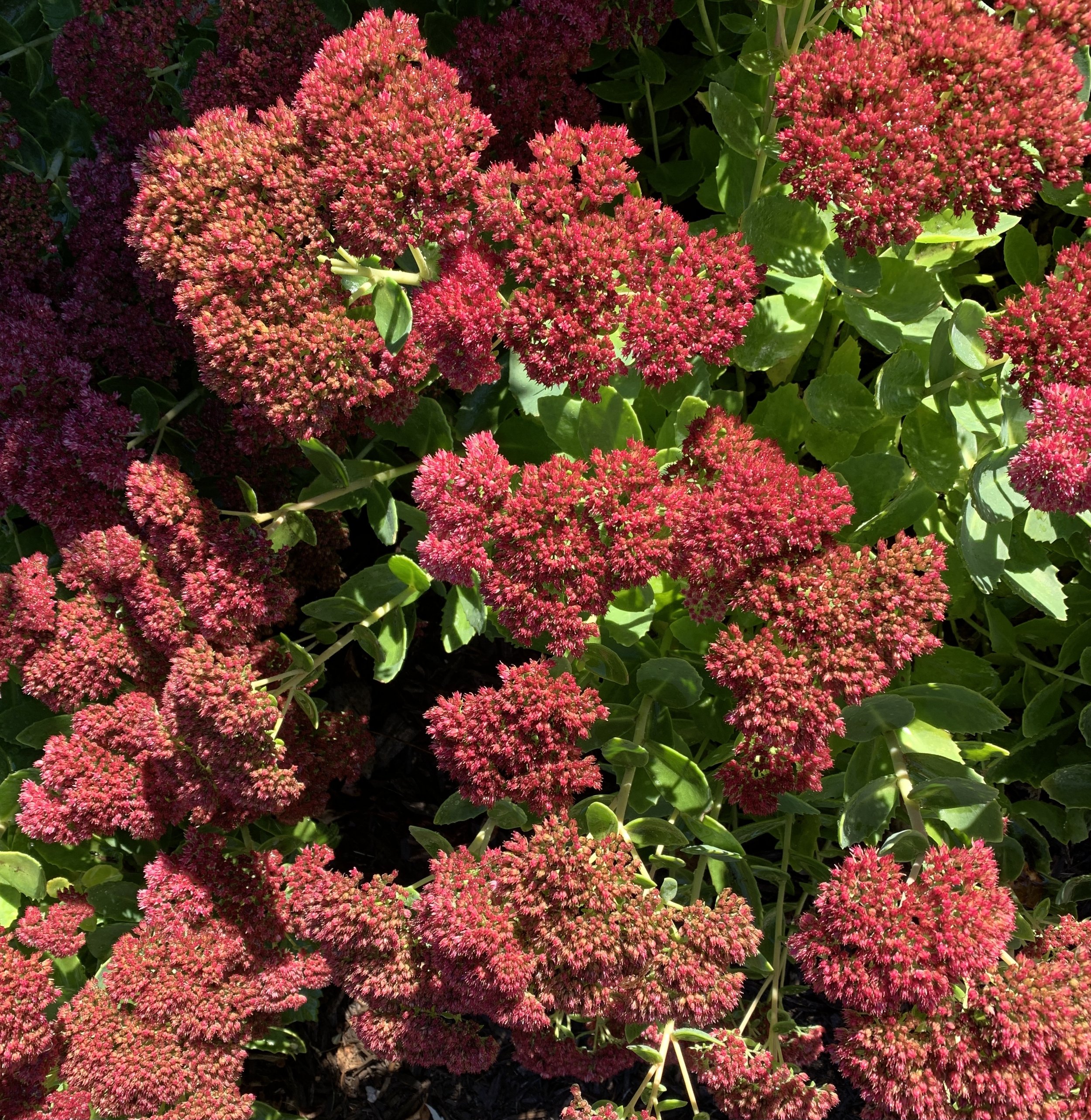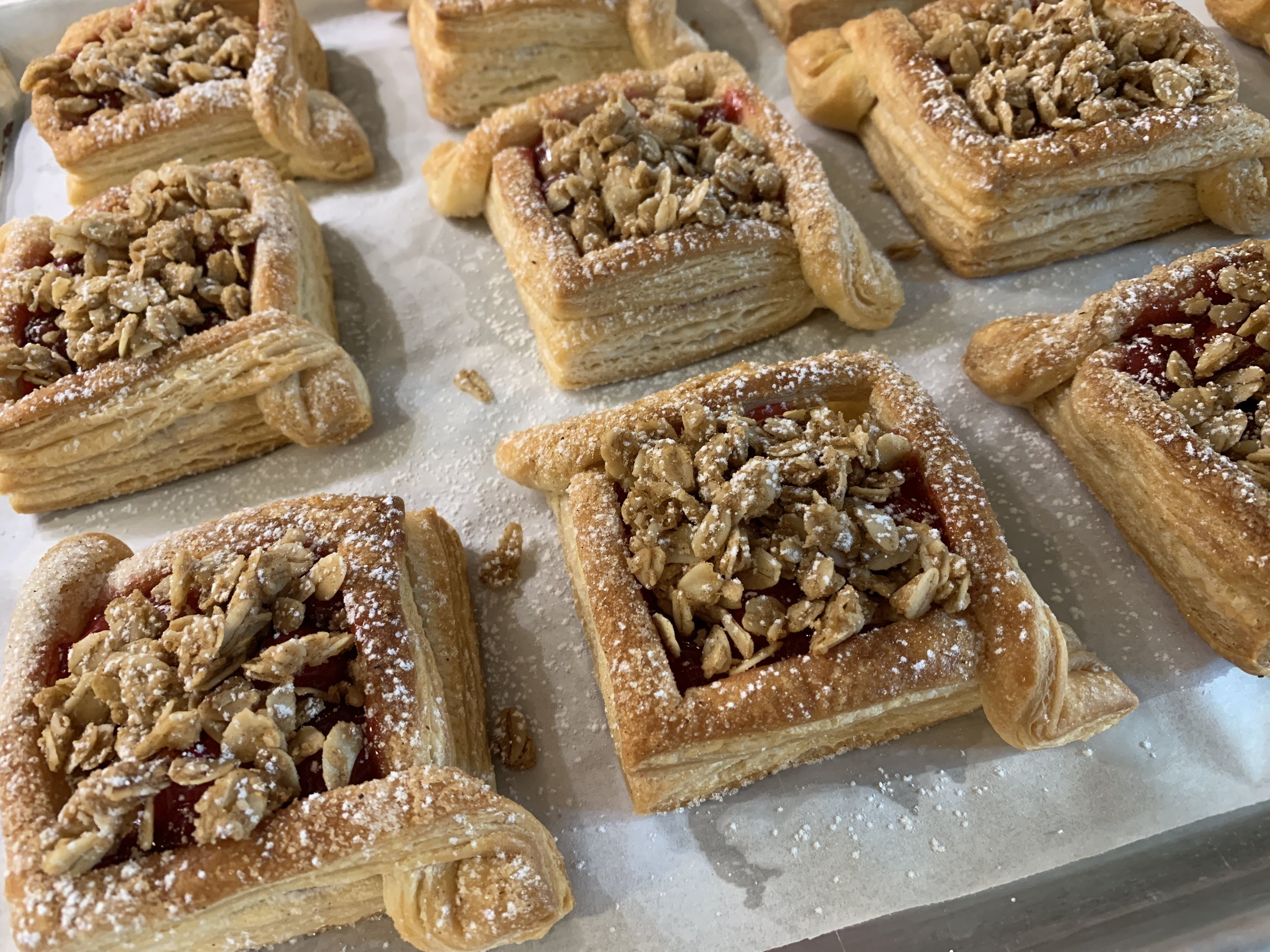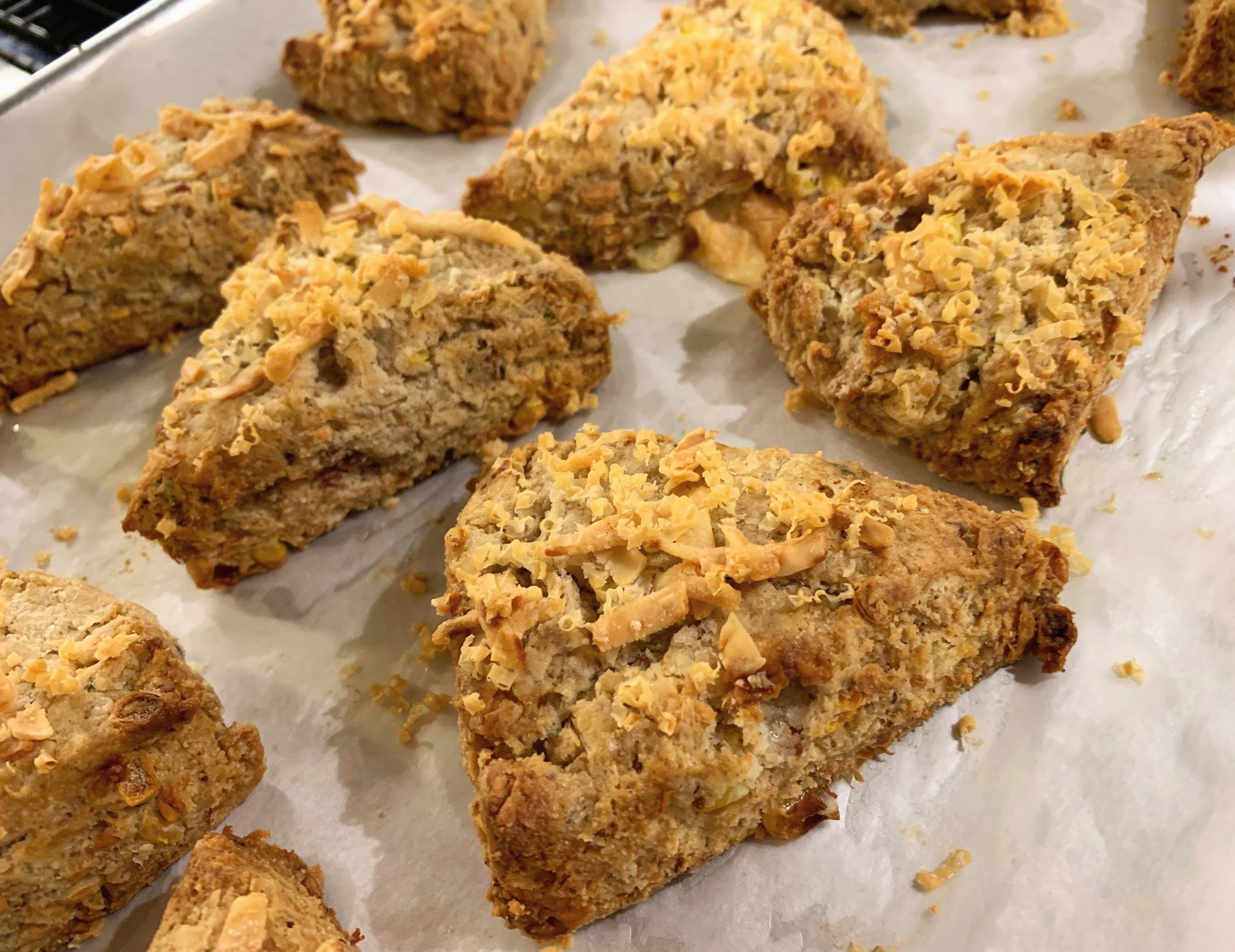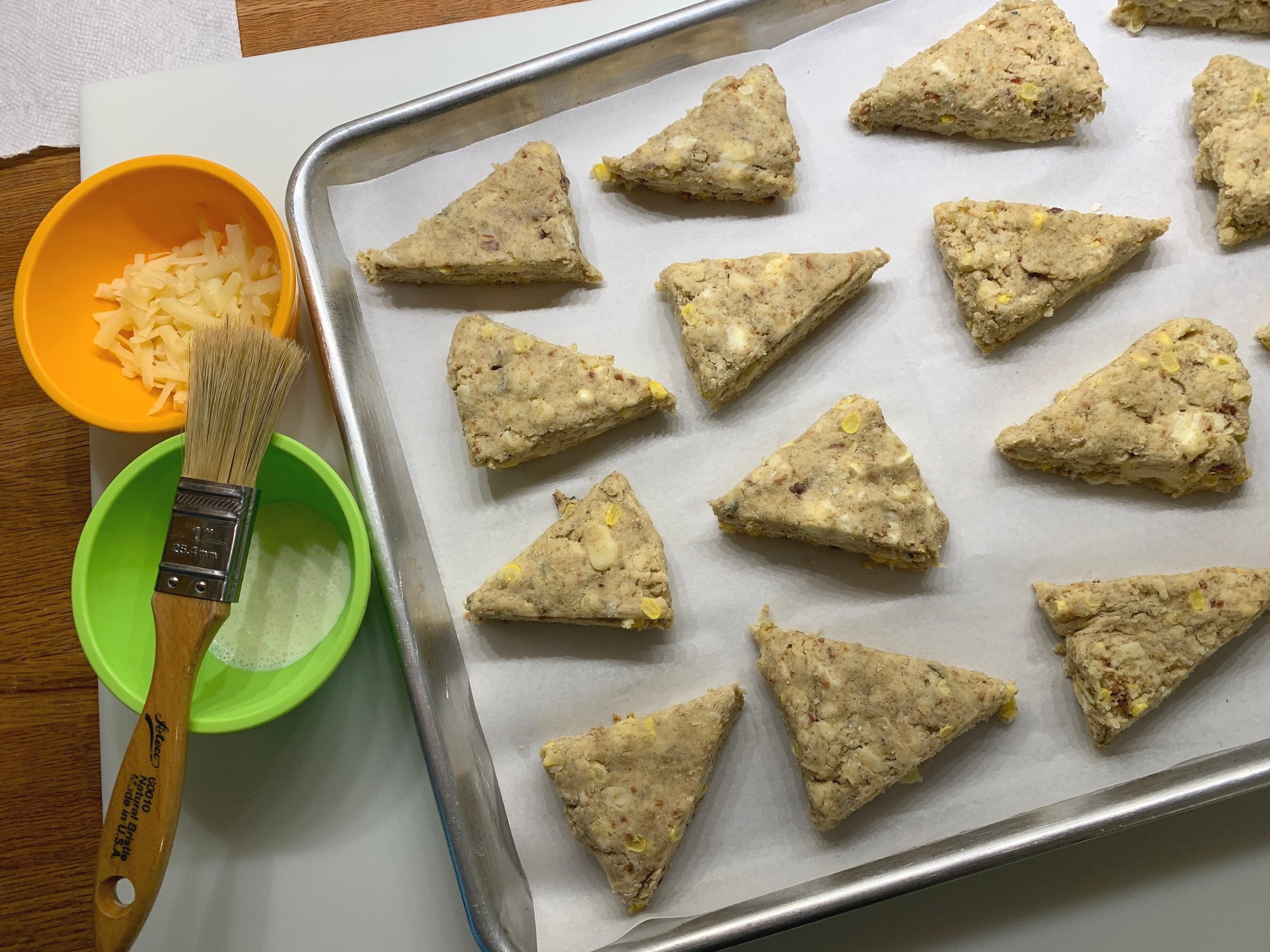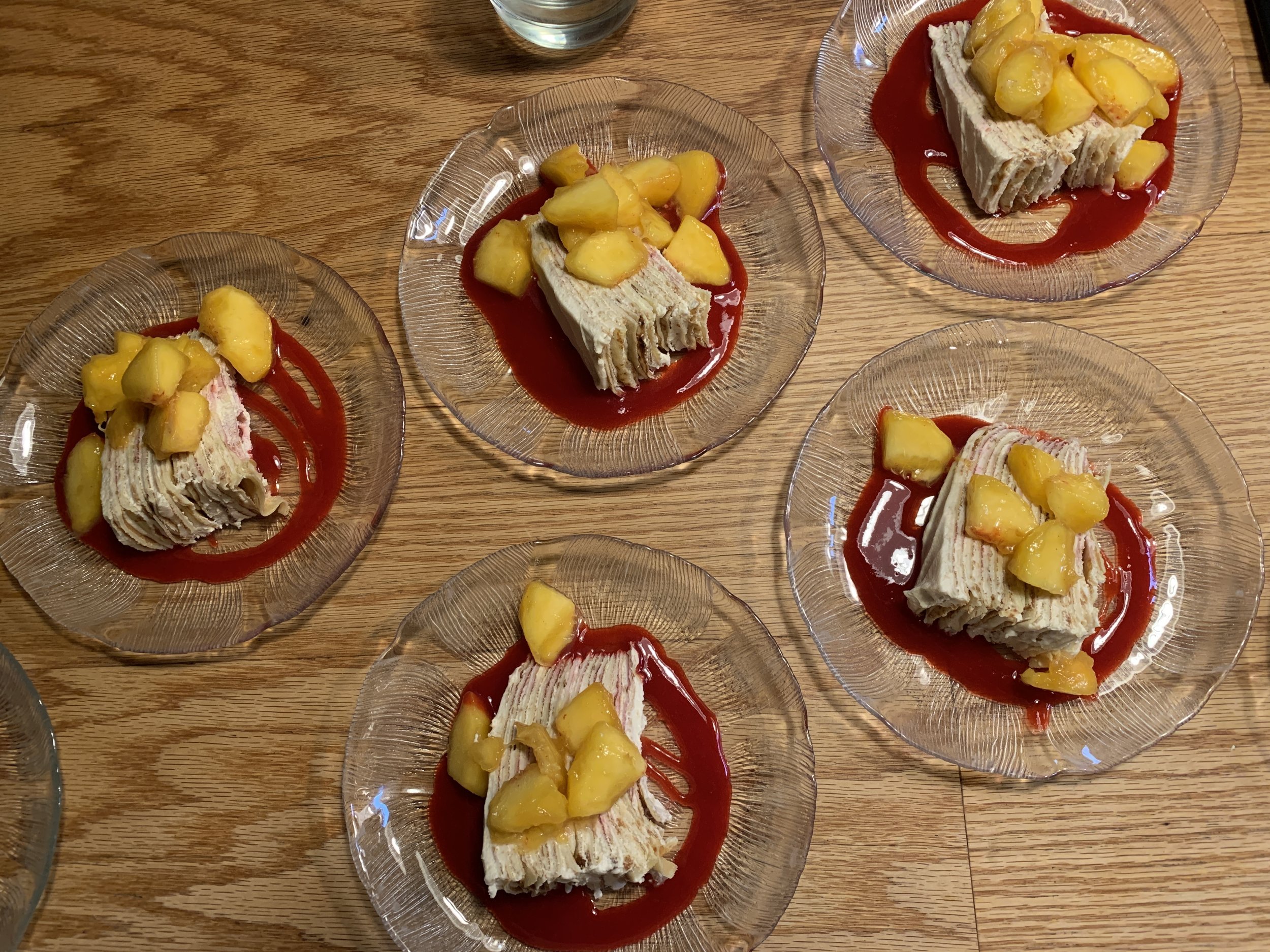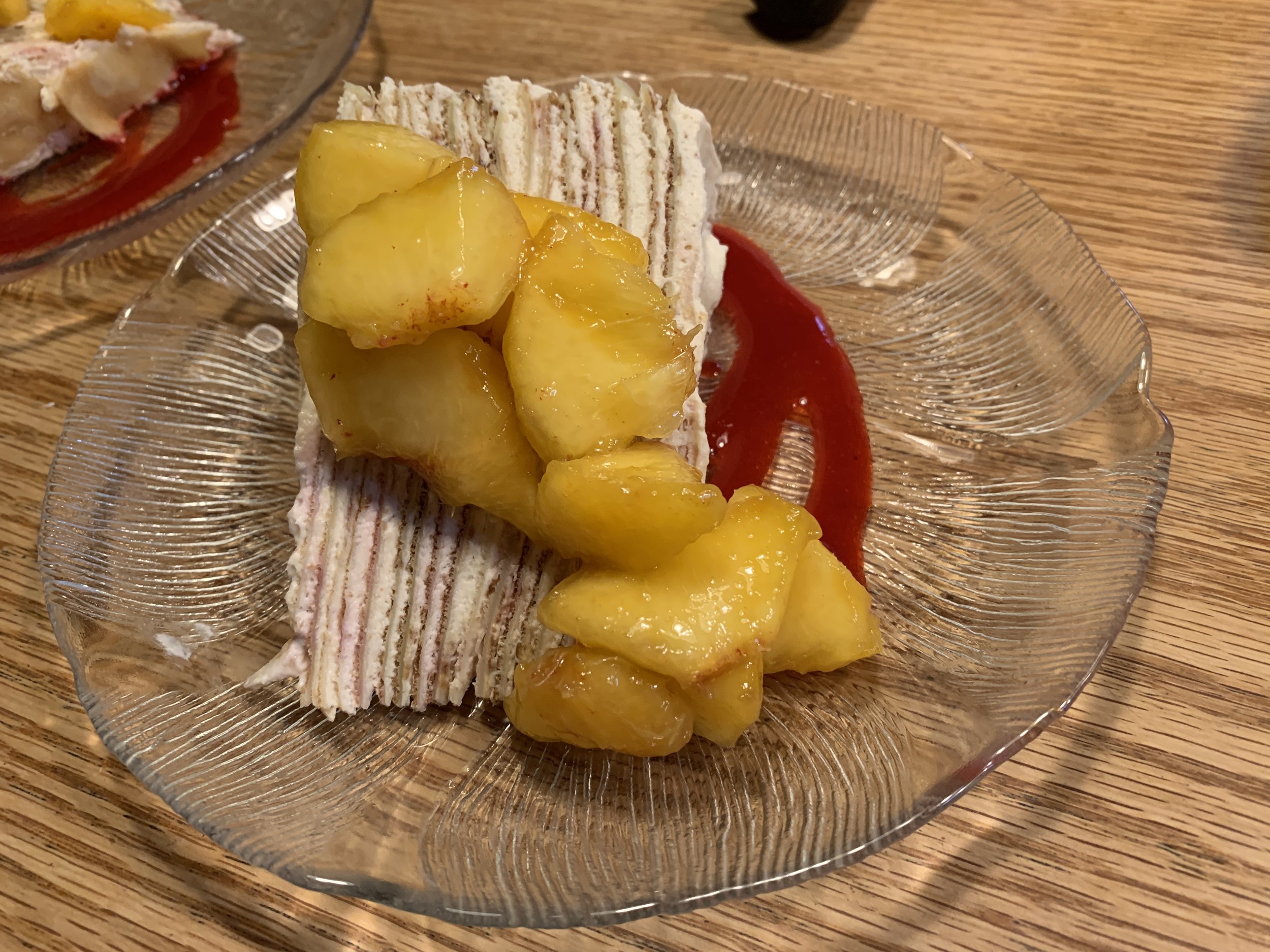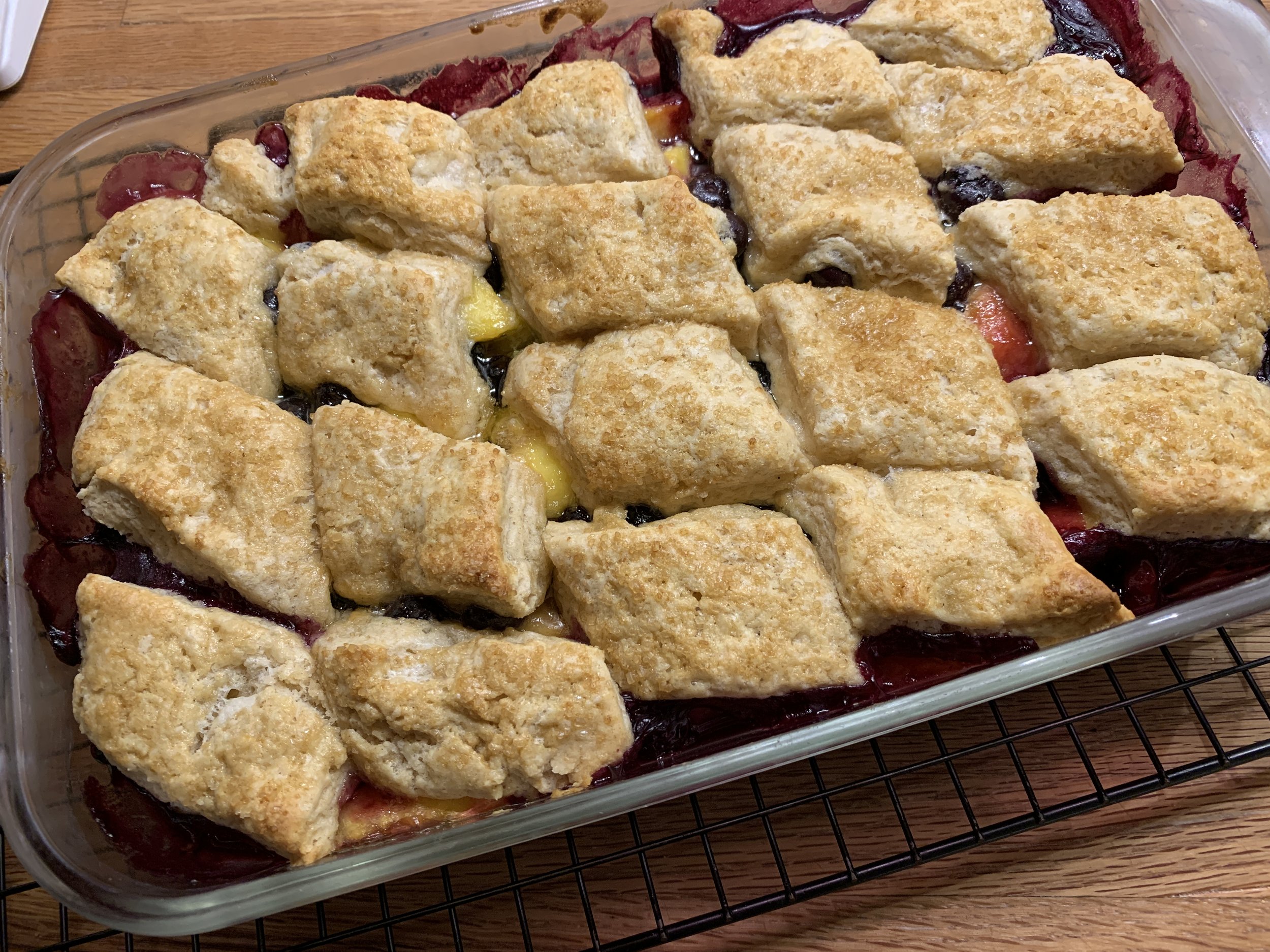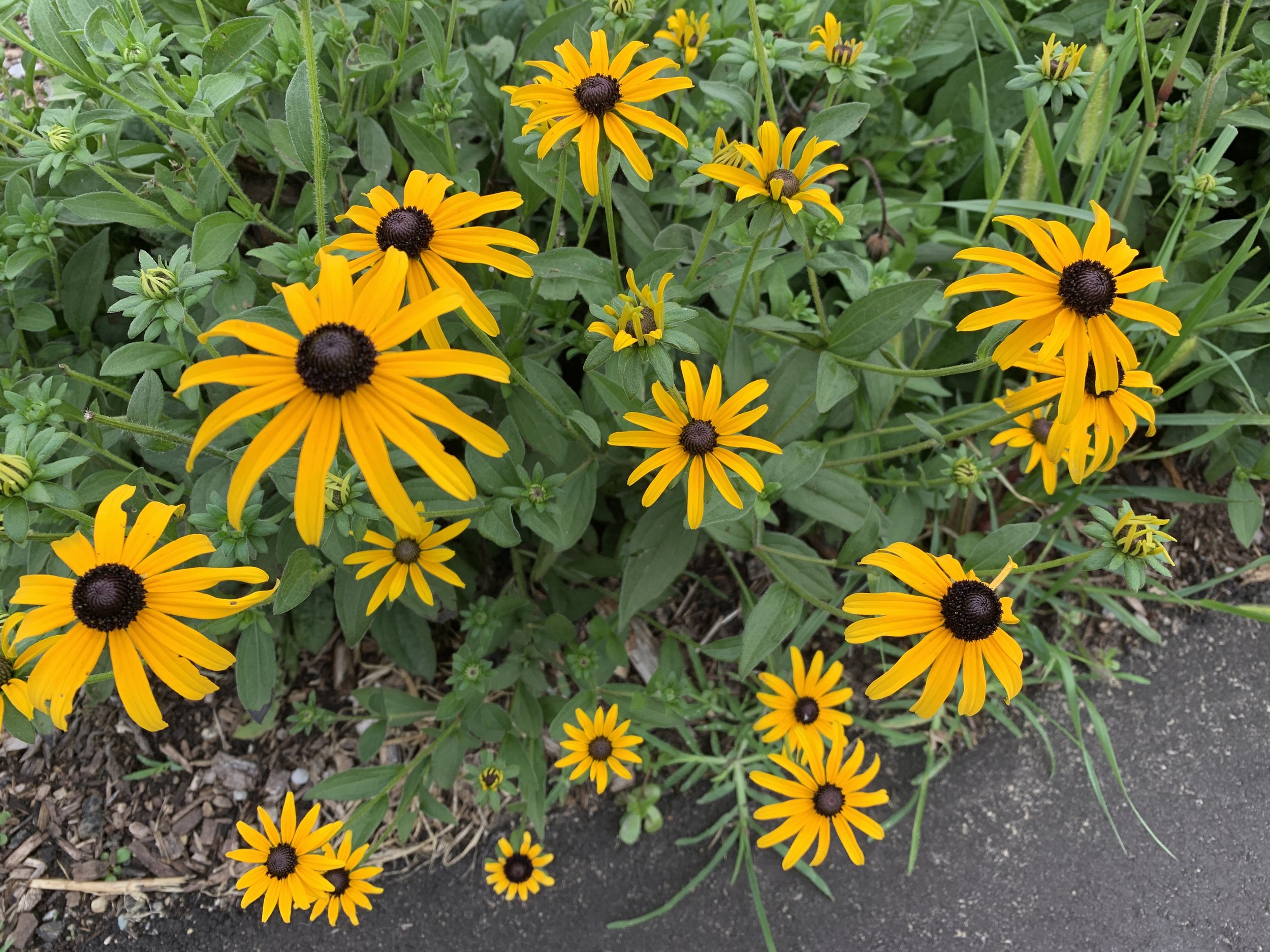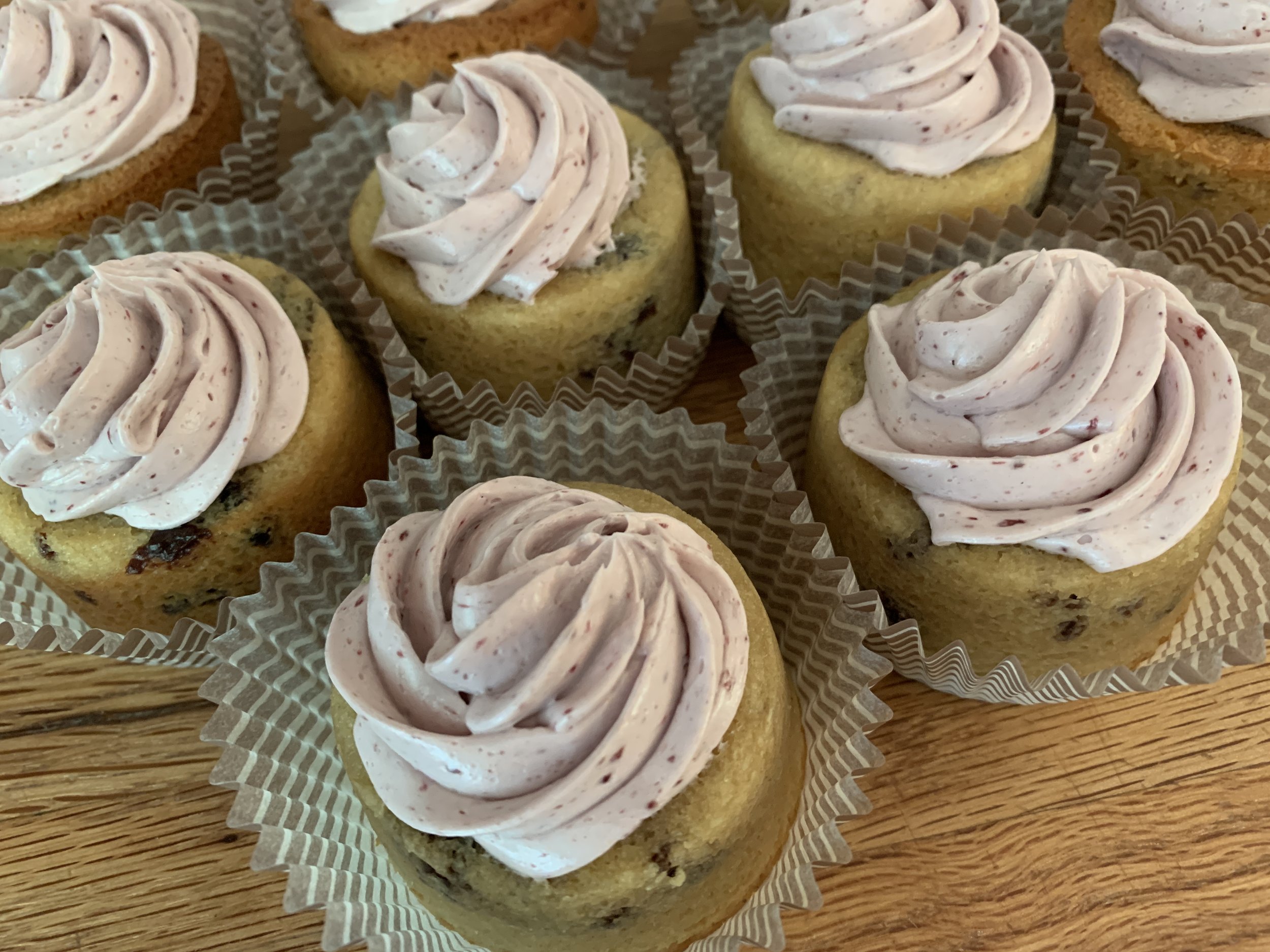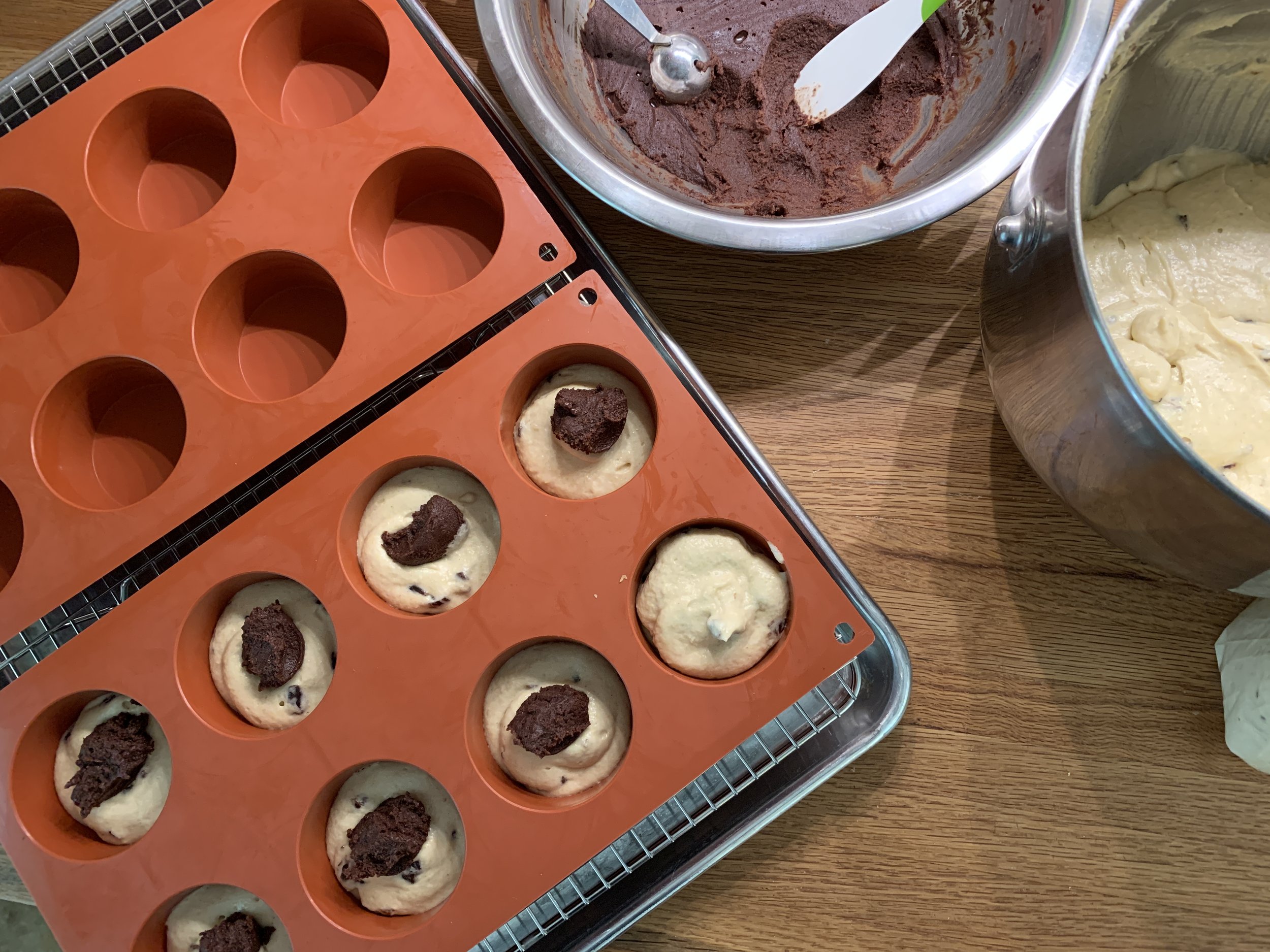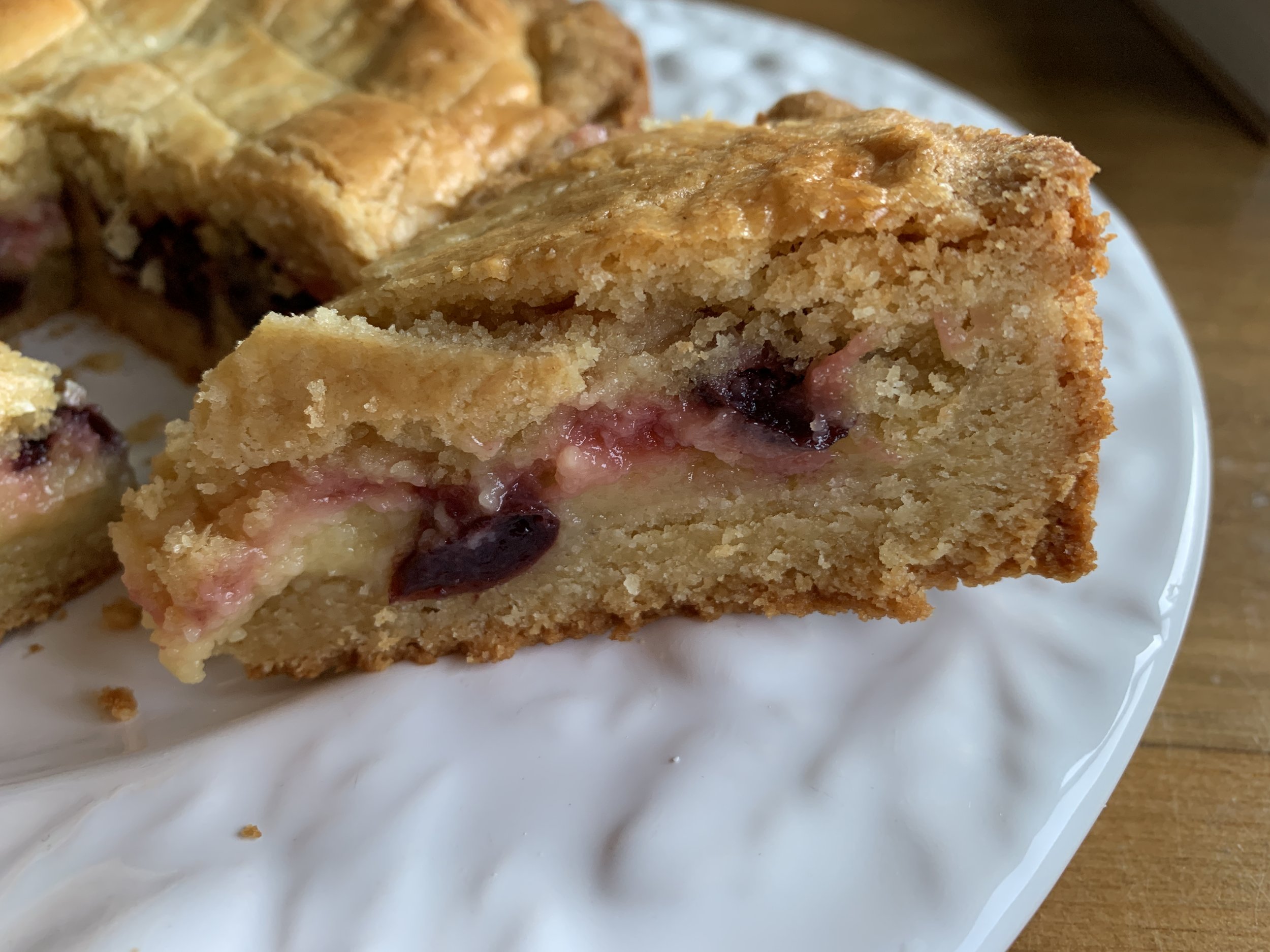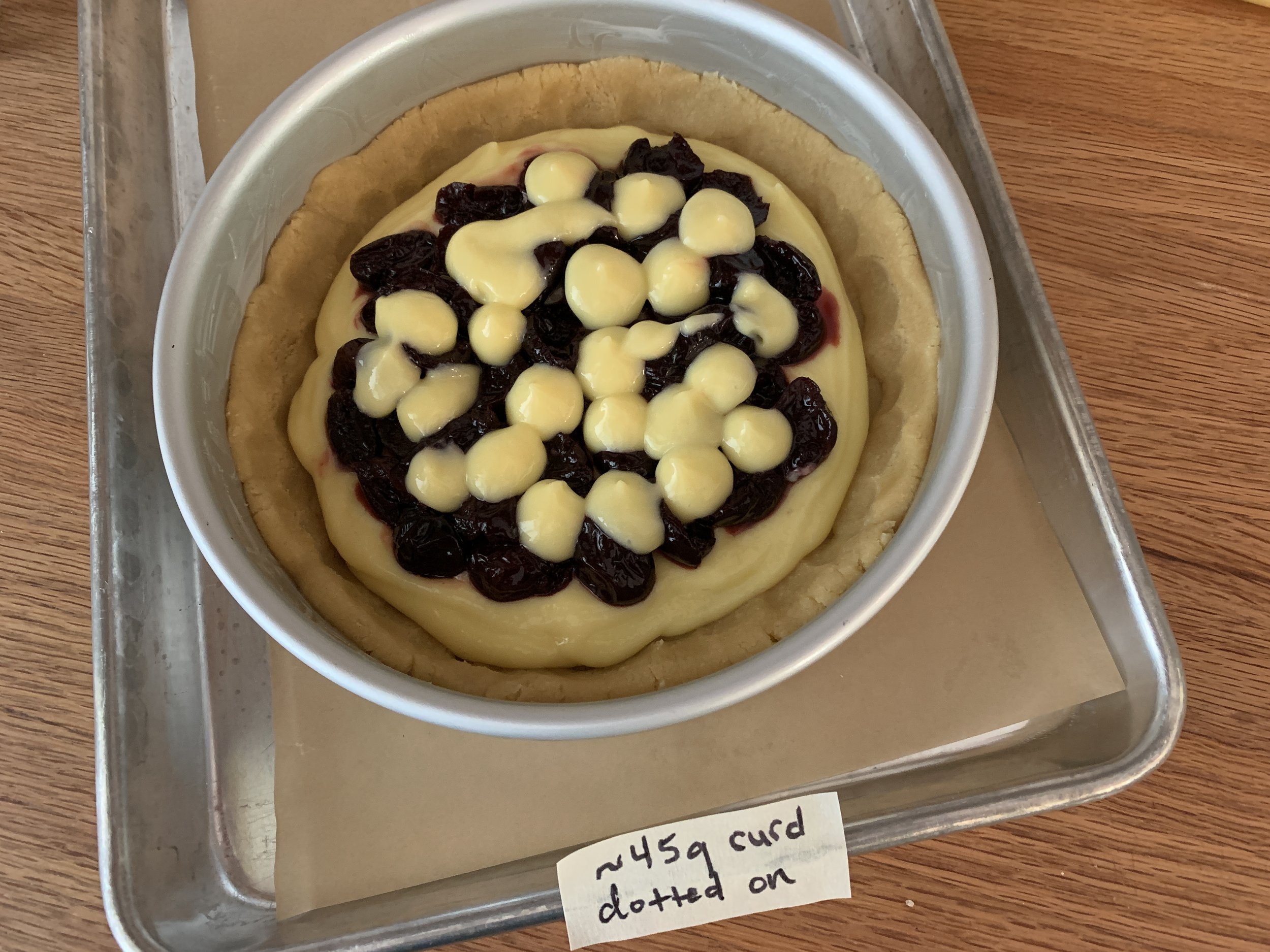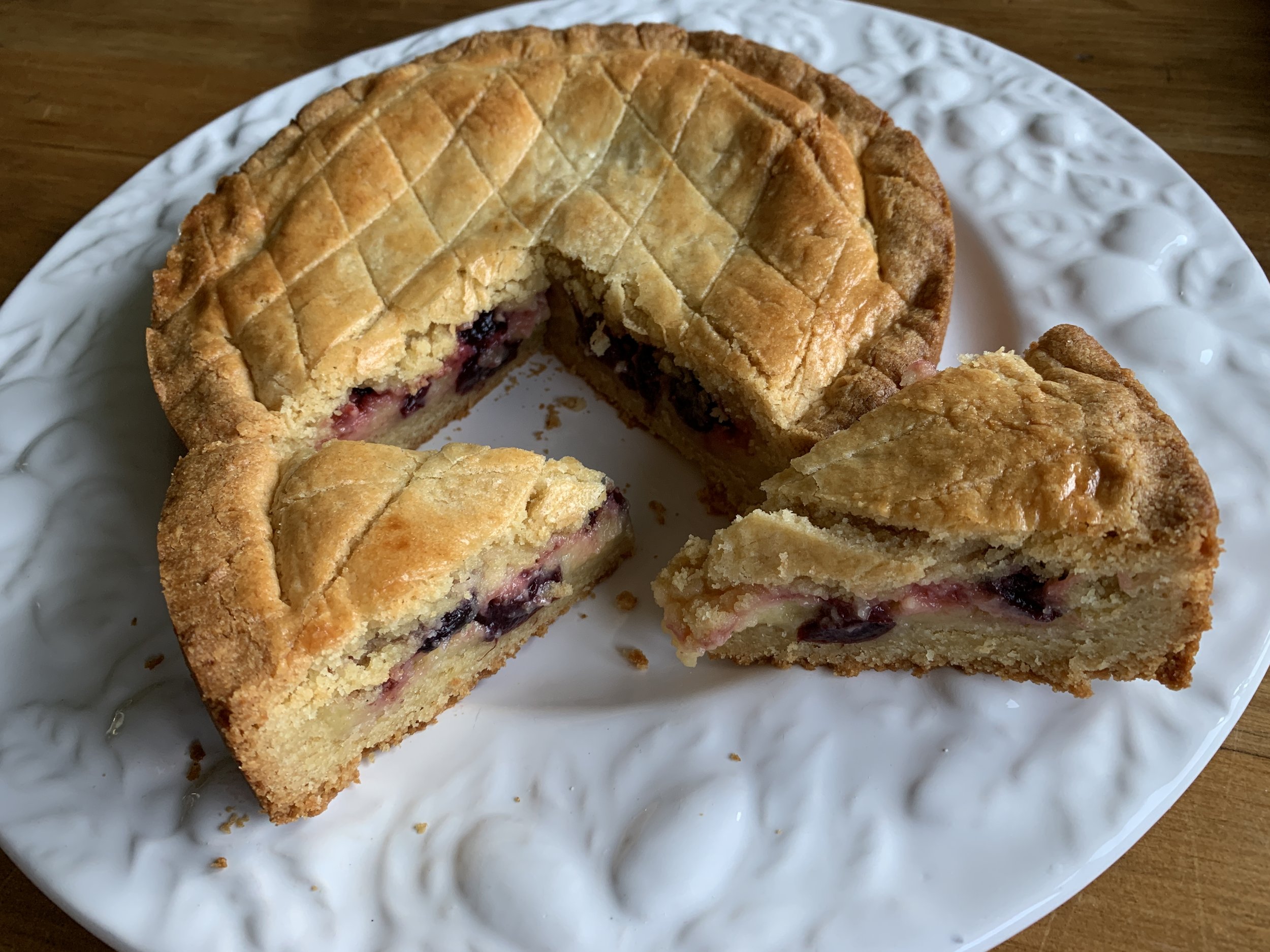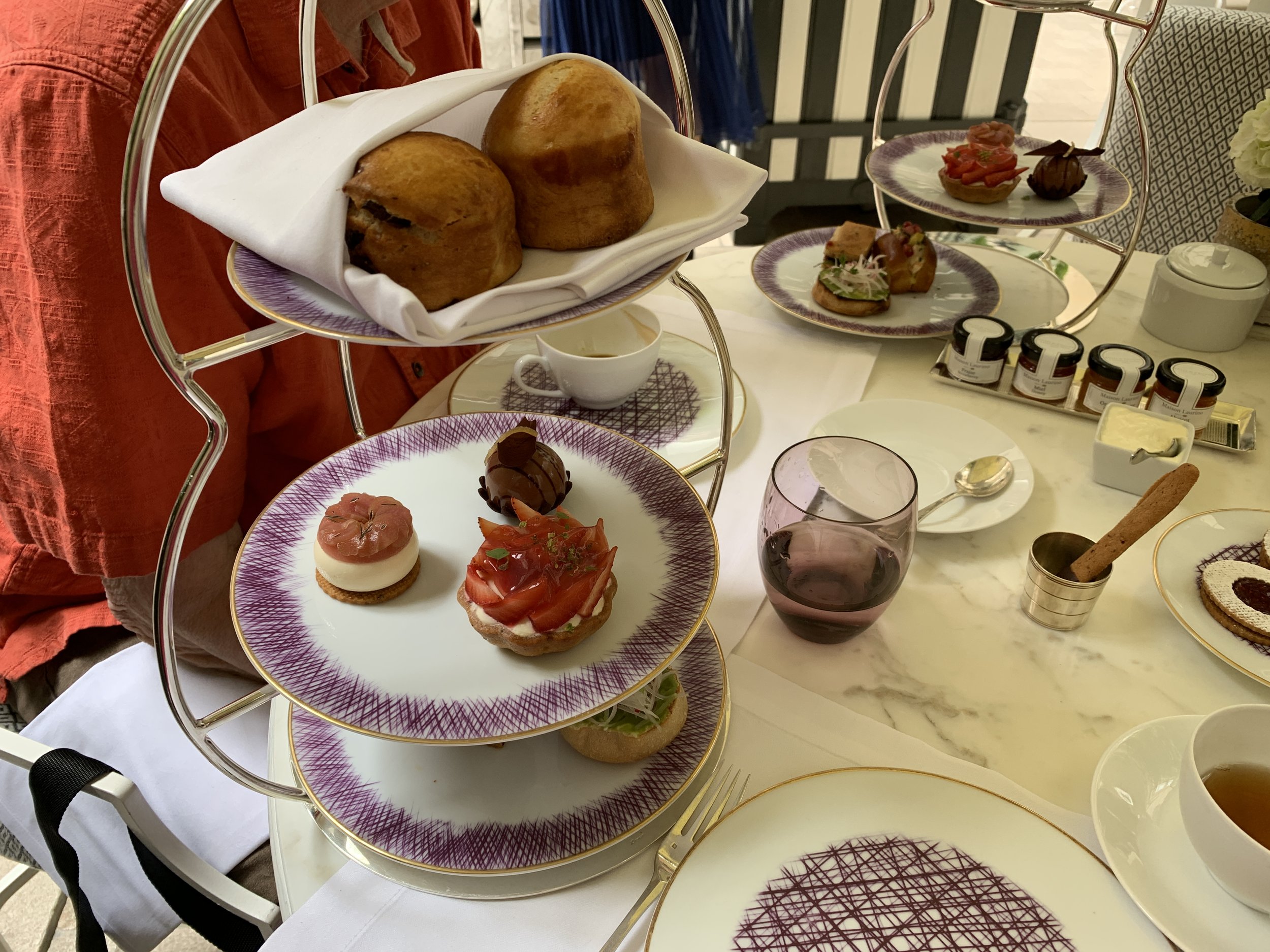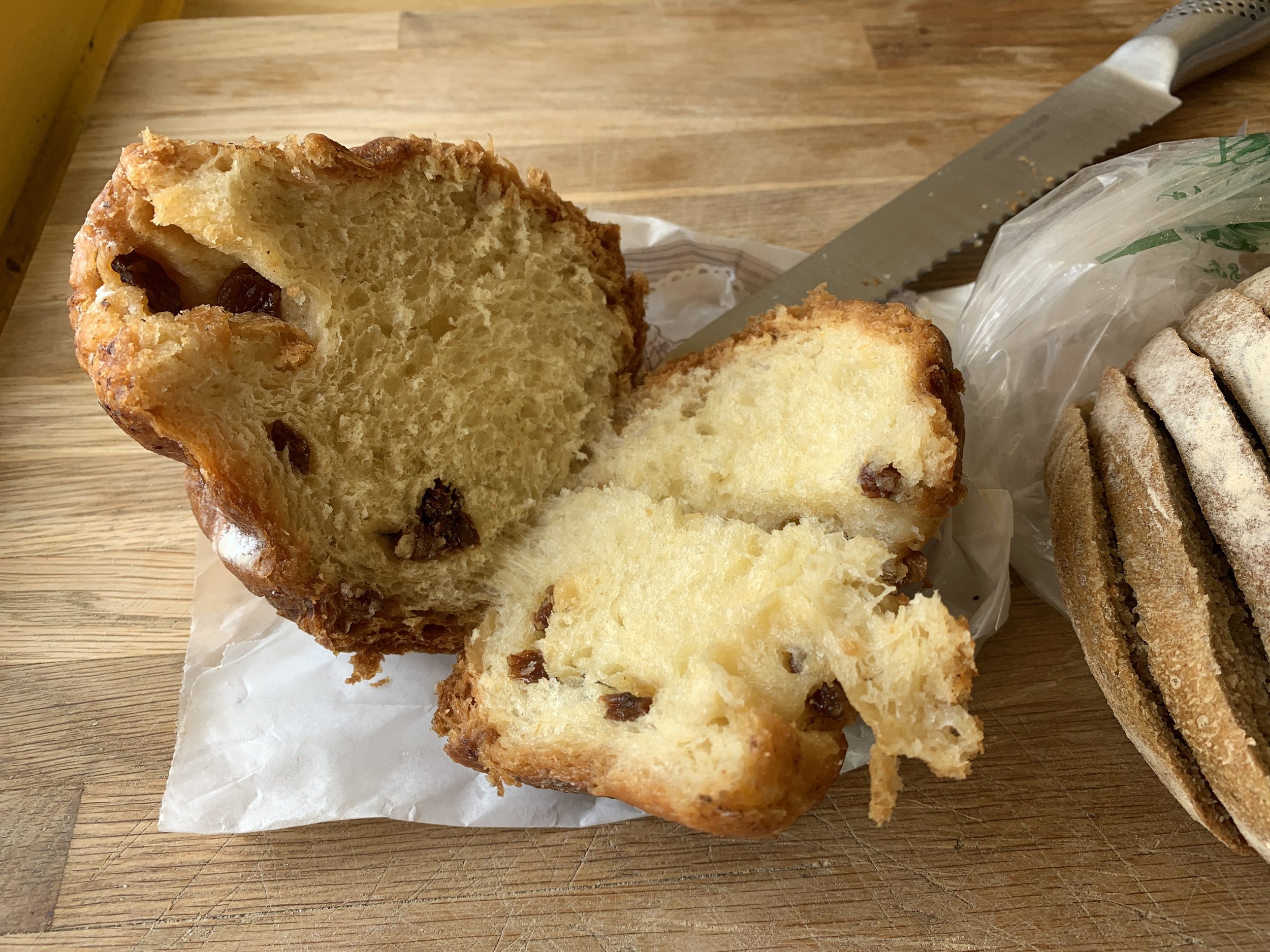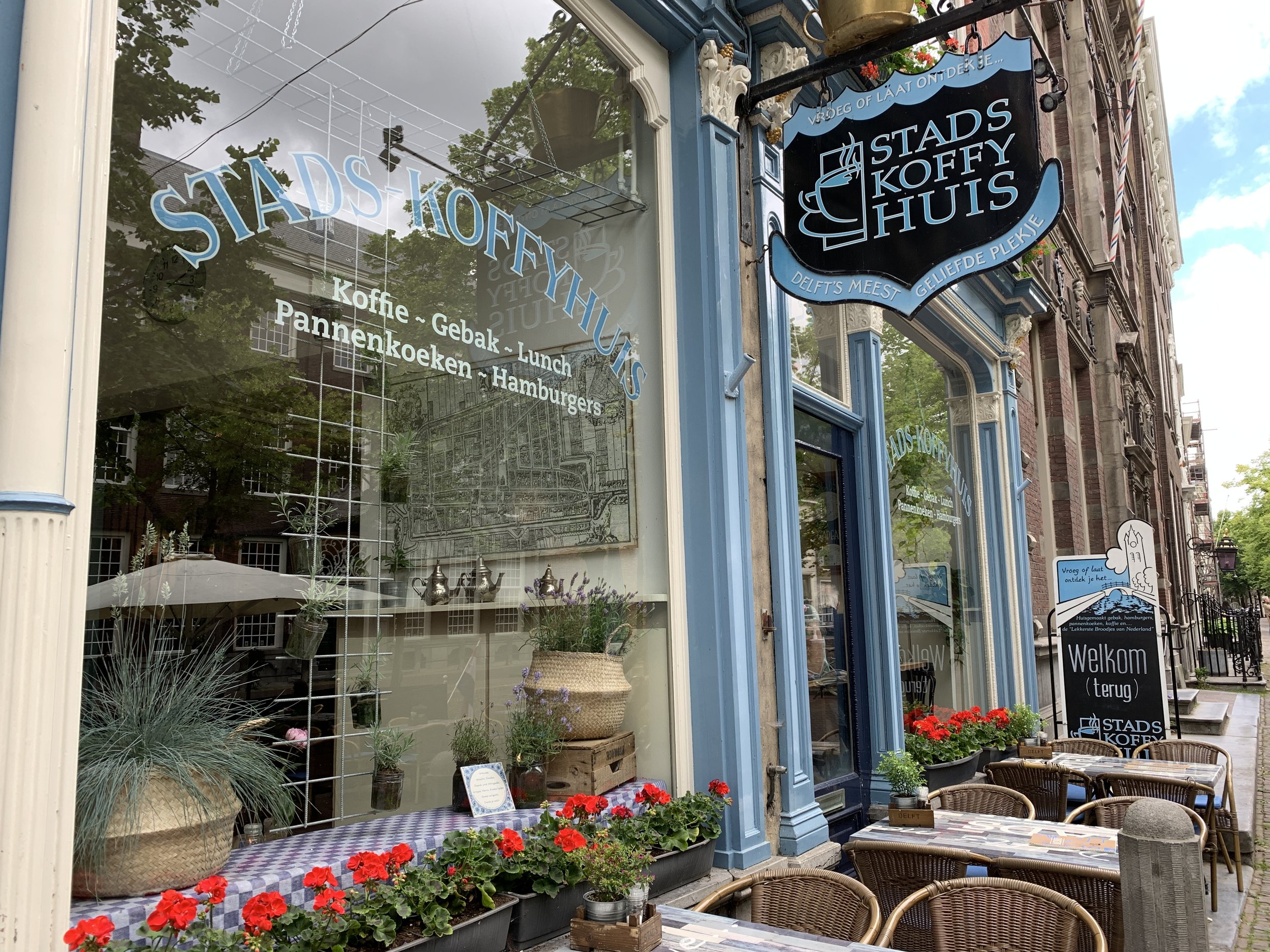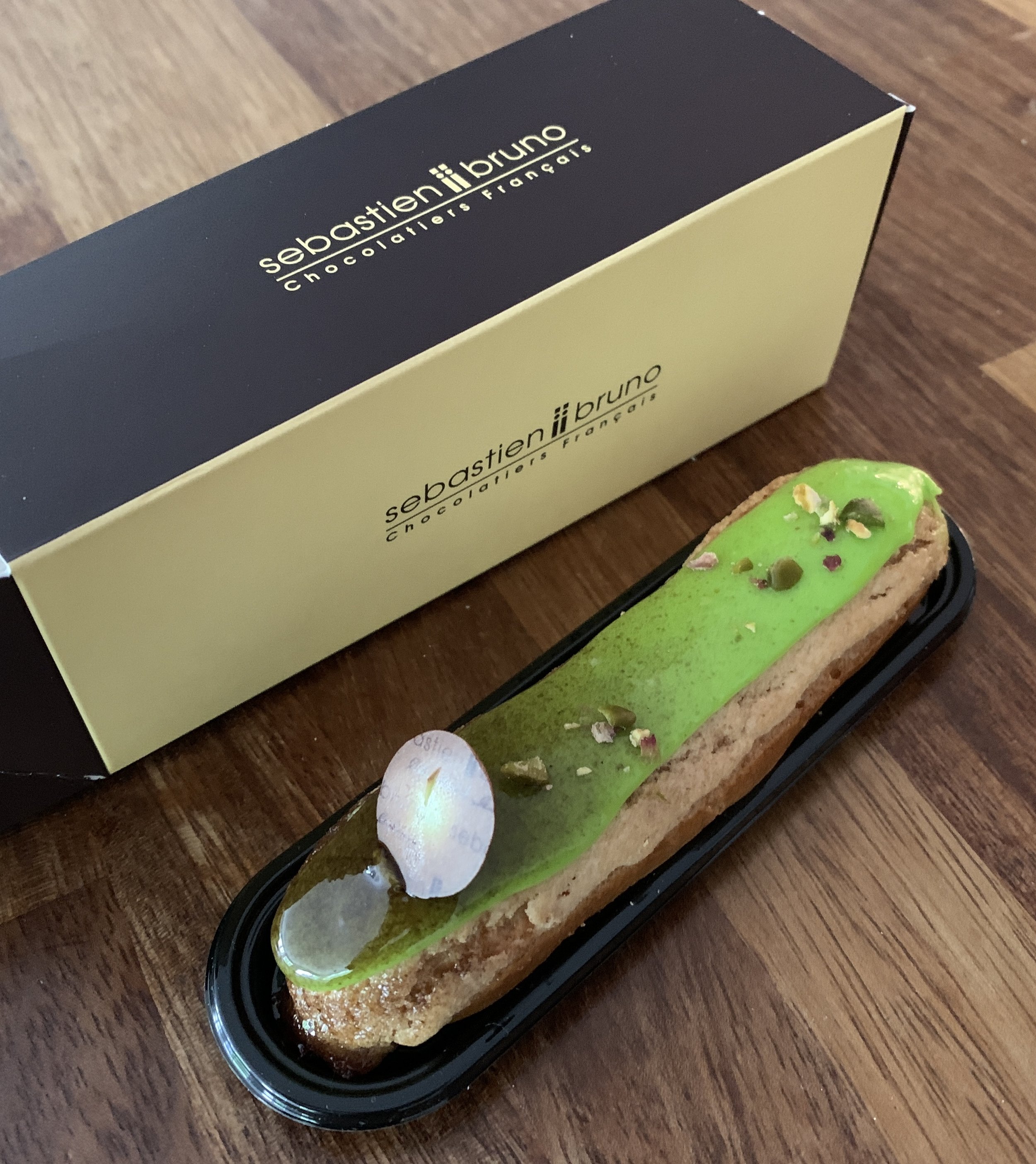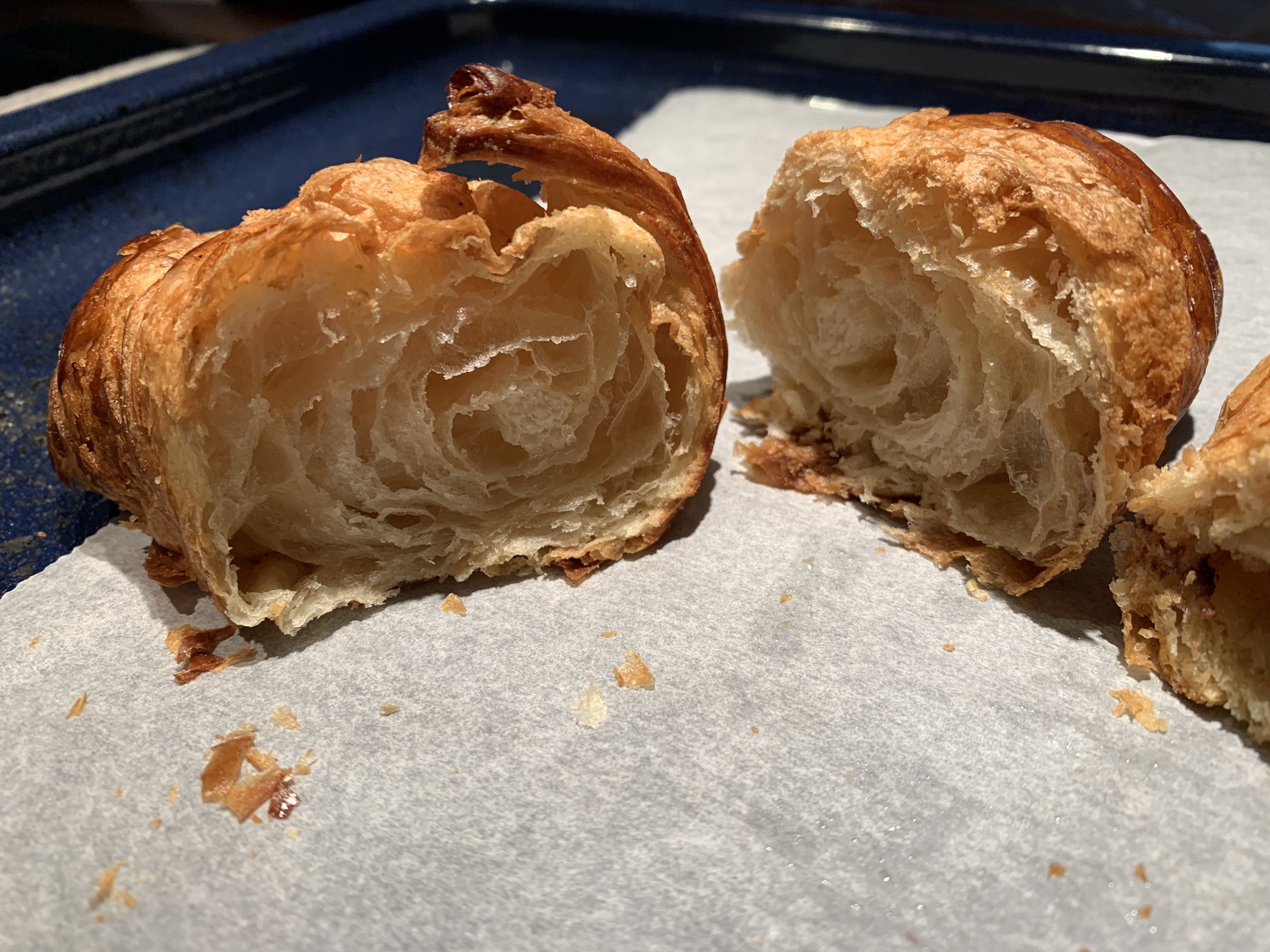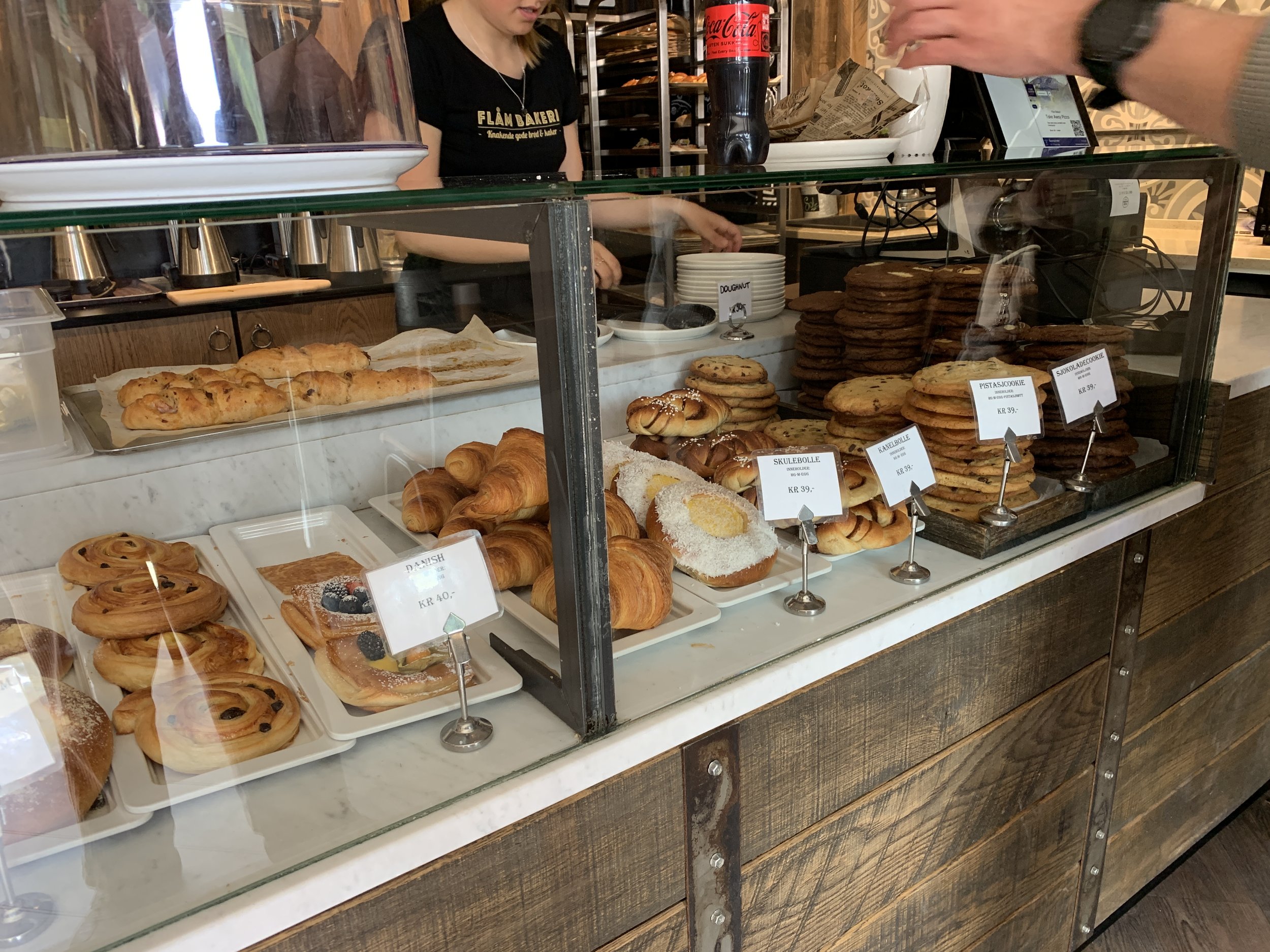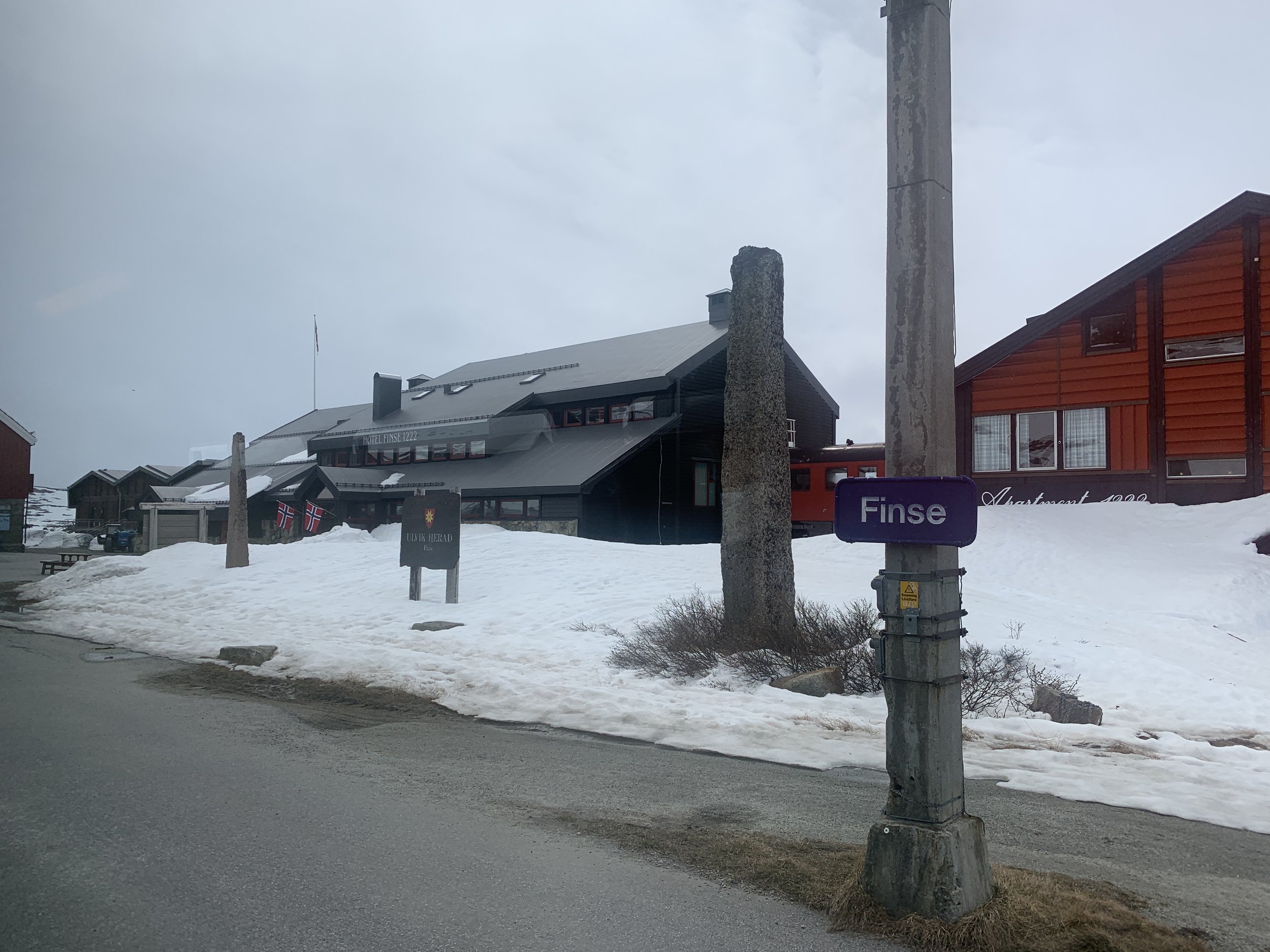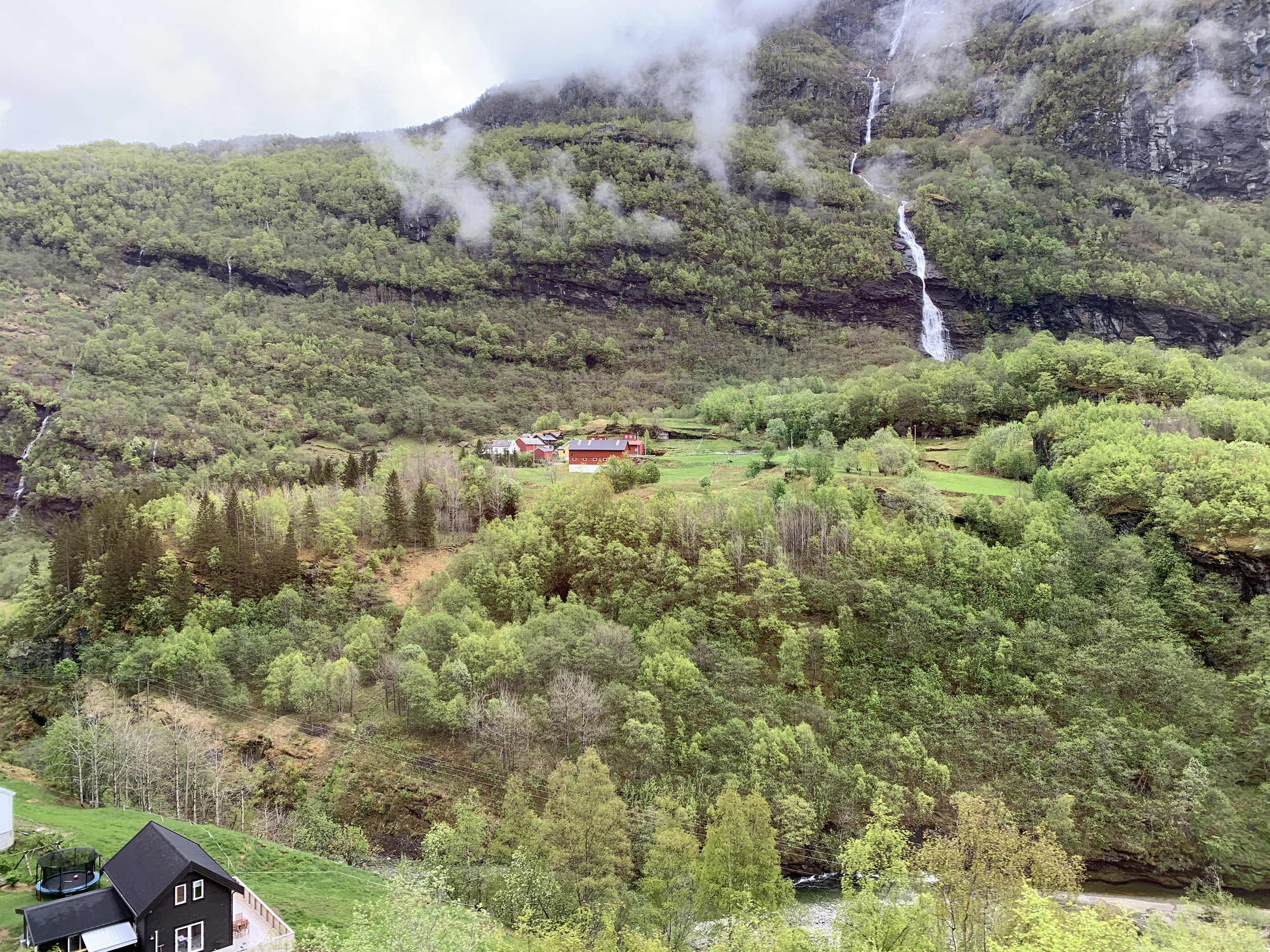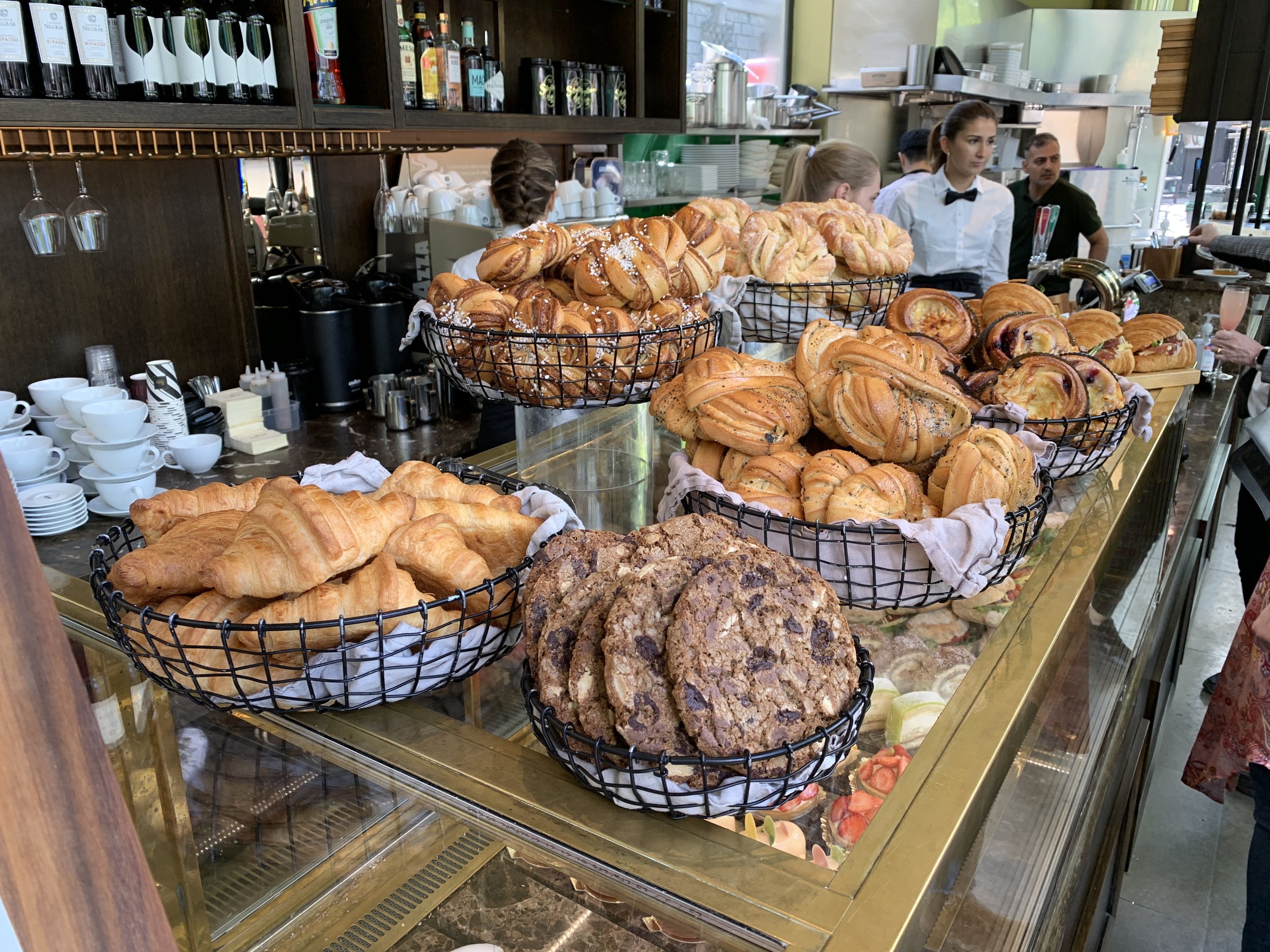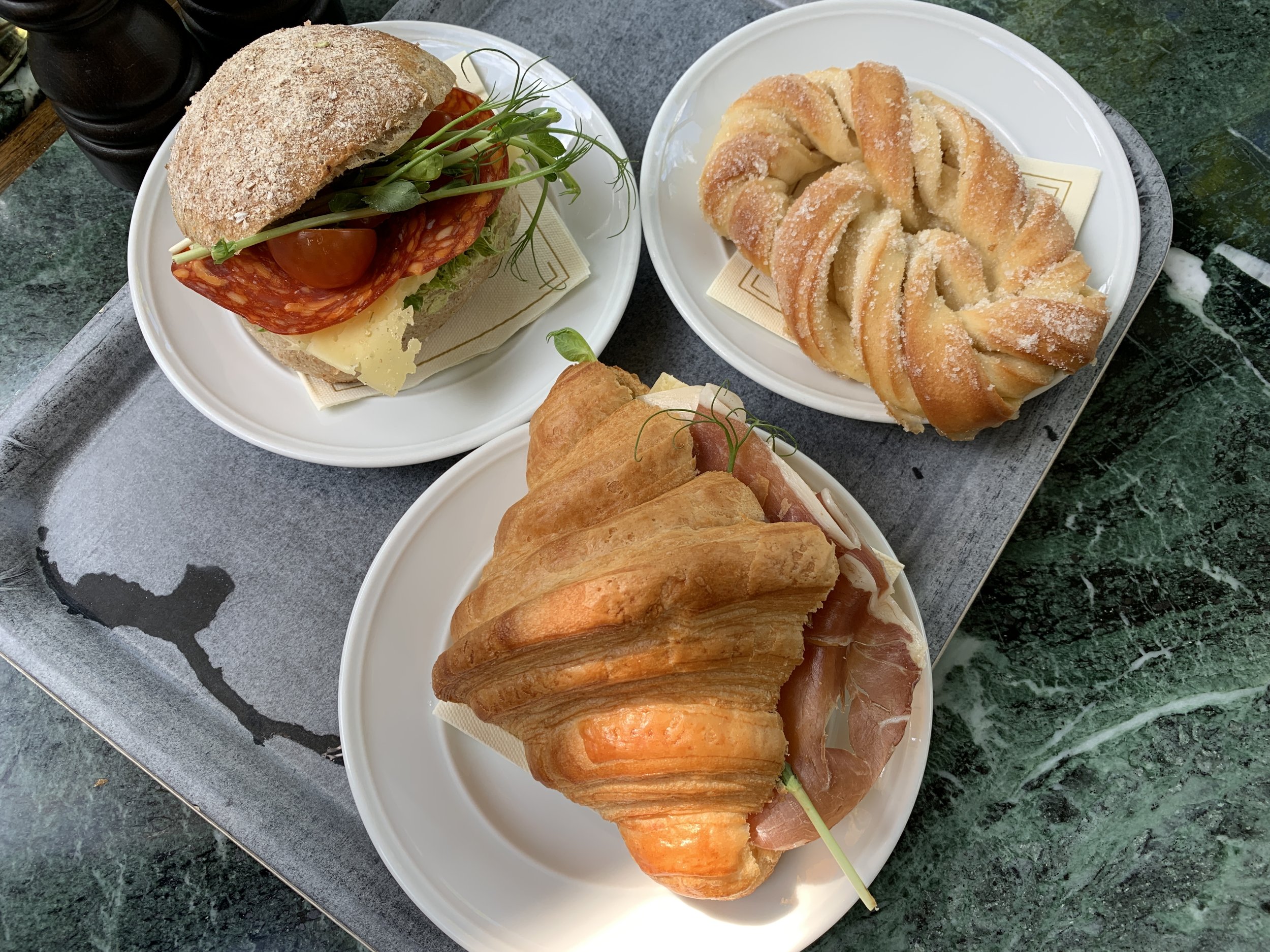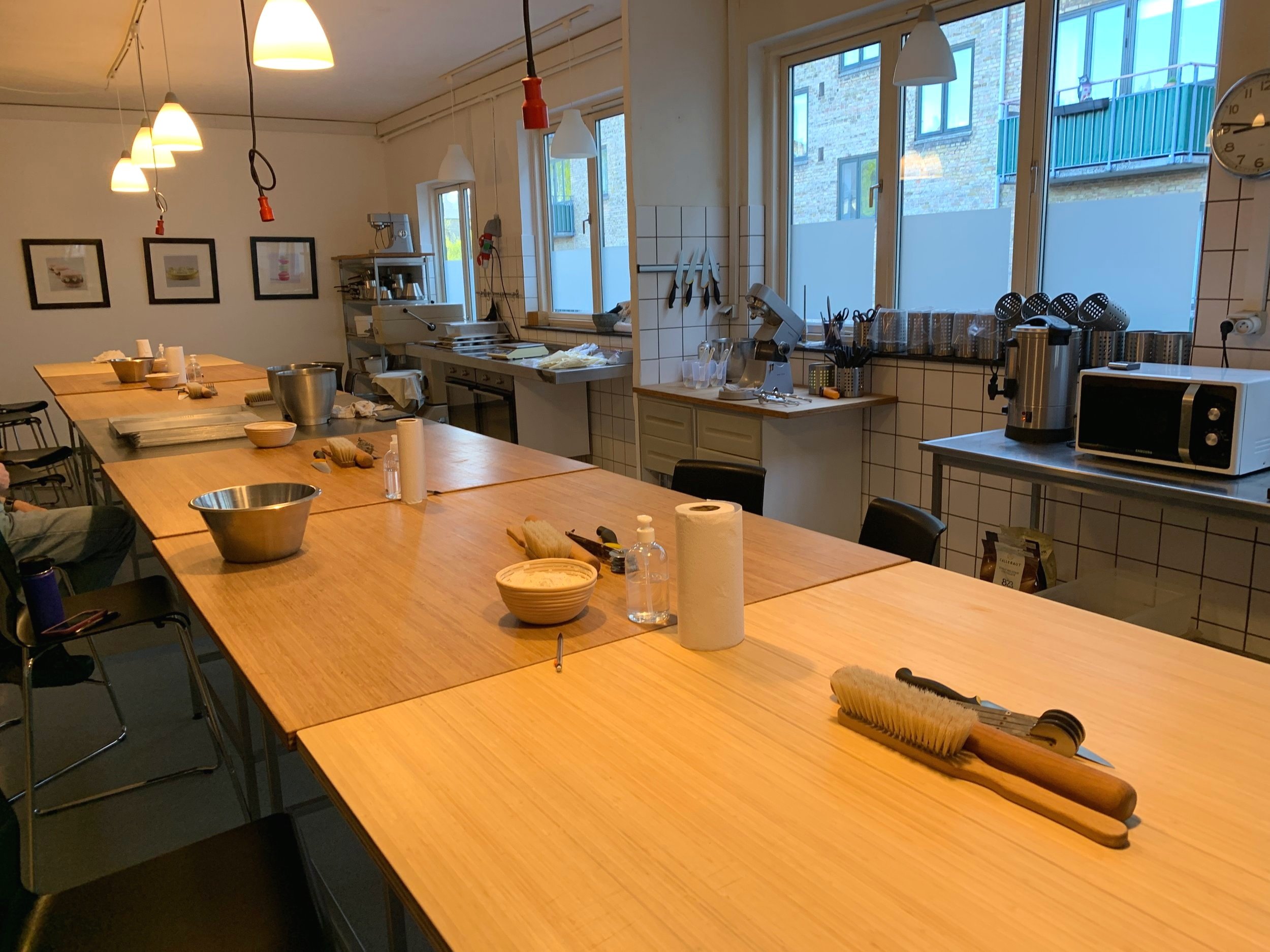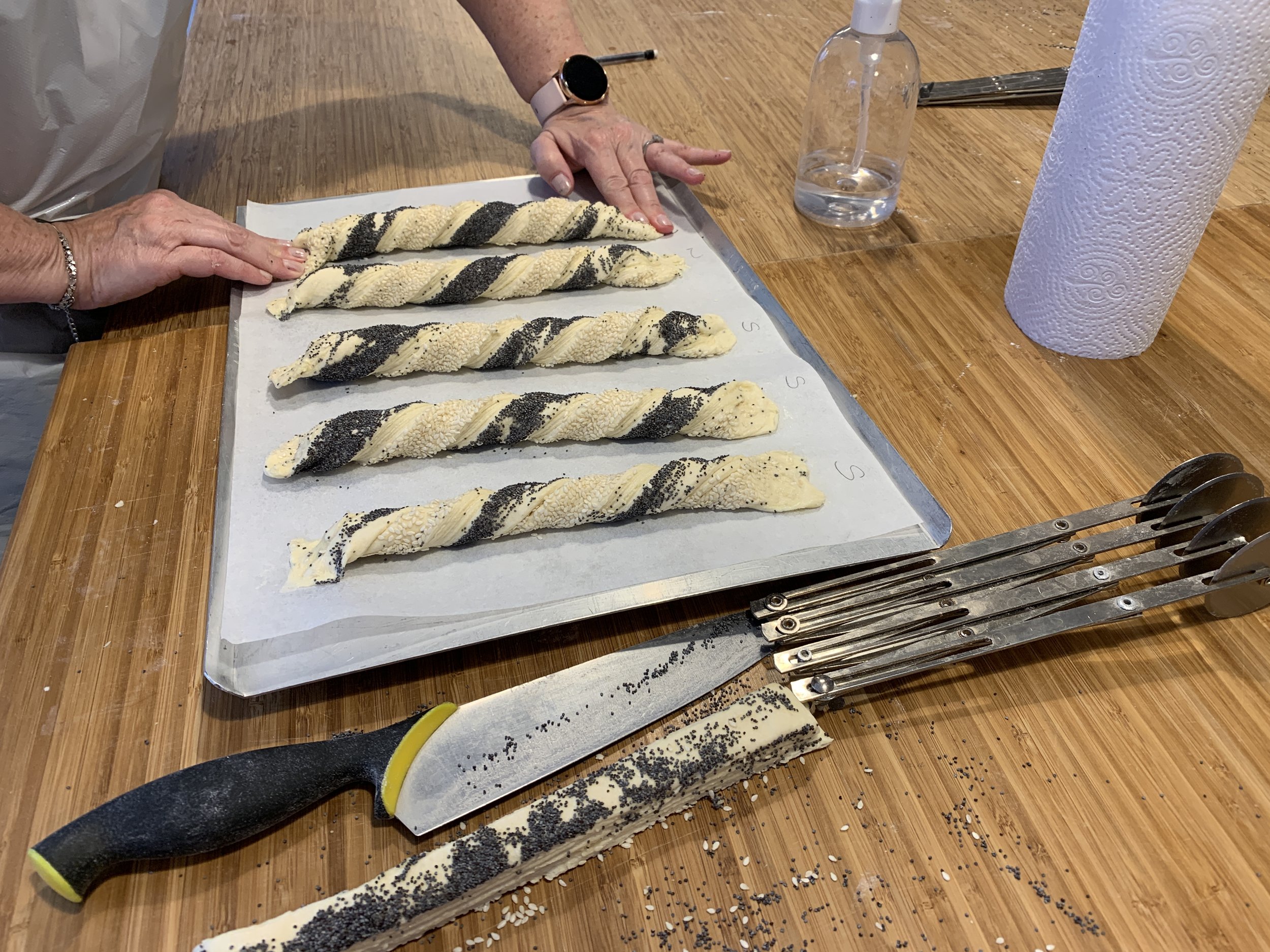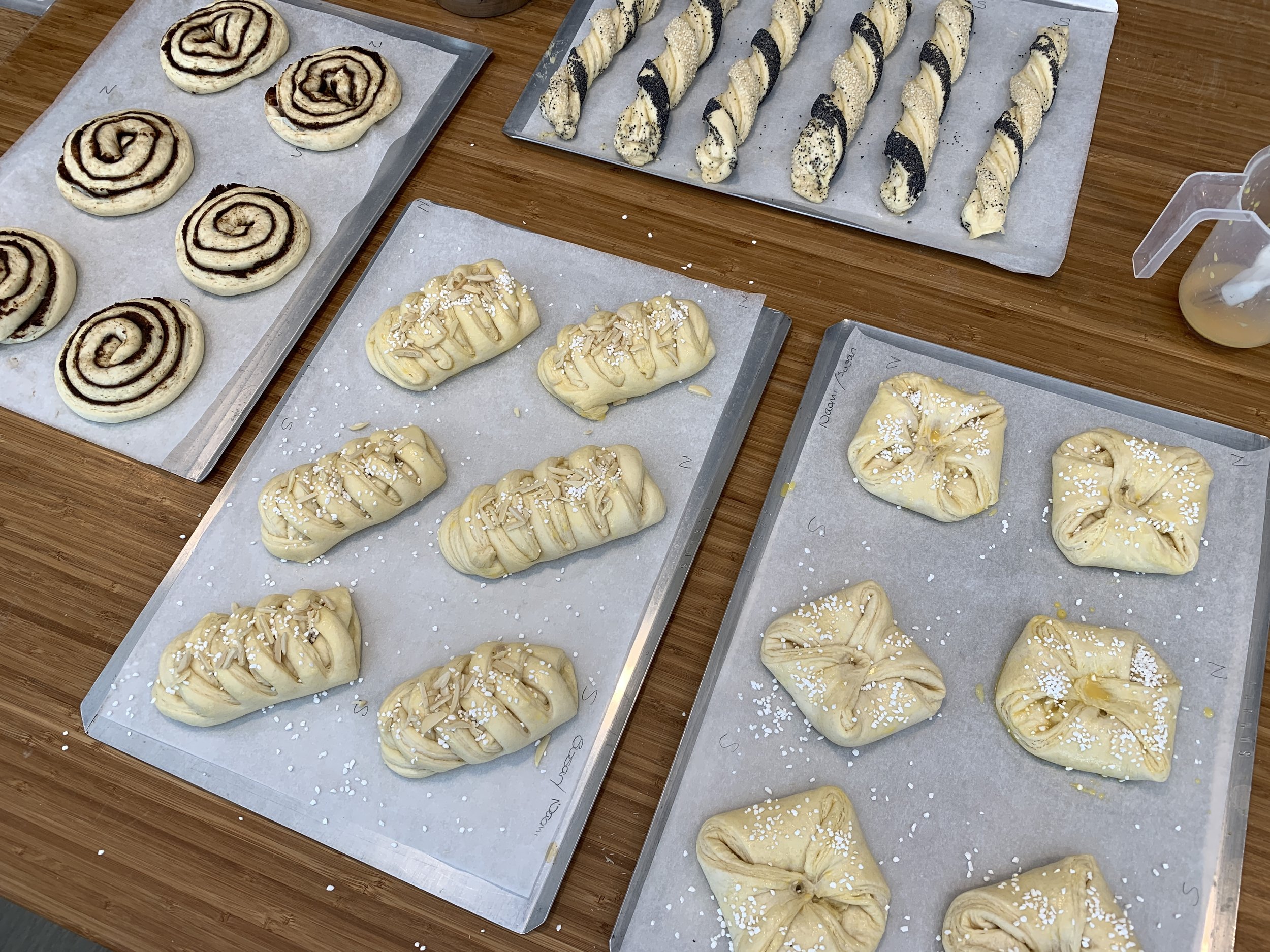Hi all! It’s been a bit busy lately with some family birthday and anniversary celebrations which means any new baking projects and blogging have taken a back seat. Not to mention some pretty hot days here and there which haven’t inspired much kitchen activity.
I recently wrote about my cherry lime Breton version of a Gateau Basque in which I described roasting sweet cherries and puréeing some of them for cherry chocolate ganache (AND cherry Swiss meringue buttercream!). First let me just say - ganache is one of the best things ever!!
As I’m sure most of you know, ganache is a combo of heavy cream and chocolate, created using different ratios of those two ingredients depending on the final consistency you’d like. Place chopped chocolate (or feves, discs or wafers) in a heat proof bowl; bring the cream to a boil either on the stovetop or in the microwave; pour the cream over the chocolate and gently blend until smooth. I’ve been using Guittard’s Lever du Soleil 61% wafers as my house chocolate - love it for ganache, almond bark and whatever else might come along.
Here are a few ganache examples: a medium or 1:1 ganache is made with equal weights of cream and chocolate. Use it while it’s still warm to glaze a cake; let it set up a bit and pipe it into your French macarons; chill to firm and scoop it into truffles. So many possibilities.
Change up the ratio by using more cream, let’s say 2.5 cream to 1 chocolate by weight, for a softer ganache. Chill it and then whip it up just like whipped cream. What a great way to layer/garnish a delicate chocolate cake or top a layer of chopped toasted nuts and caramel on the bottom of a blind baked tart shell. Yum.
Go the other direction using more chocolate than cream for a firmer ganache. Get the picture?
Let’s get on to the project at hand.




